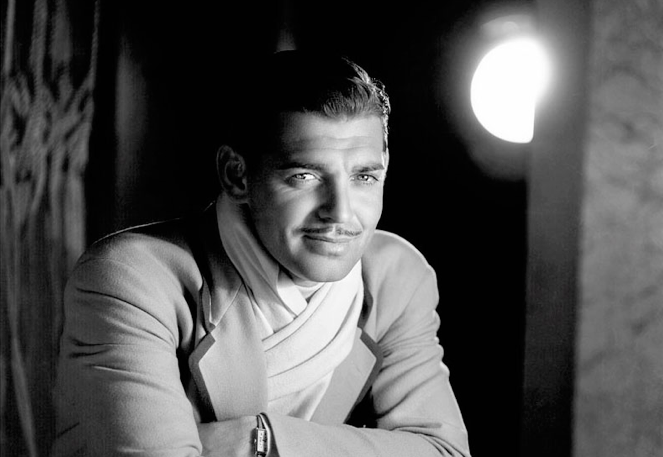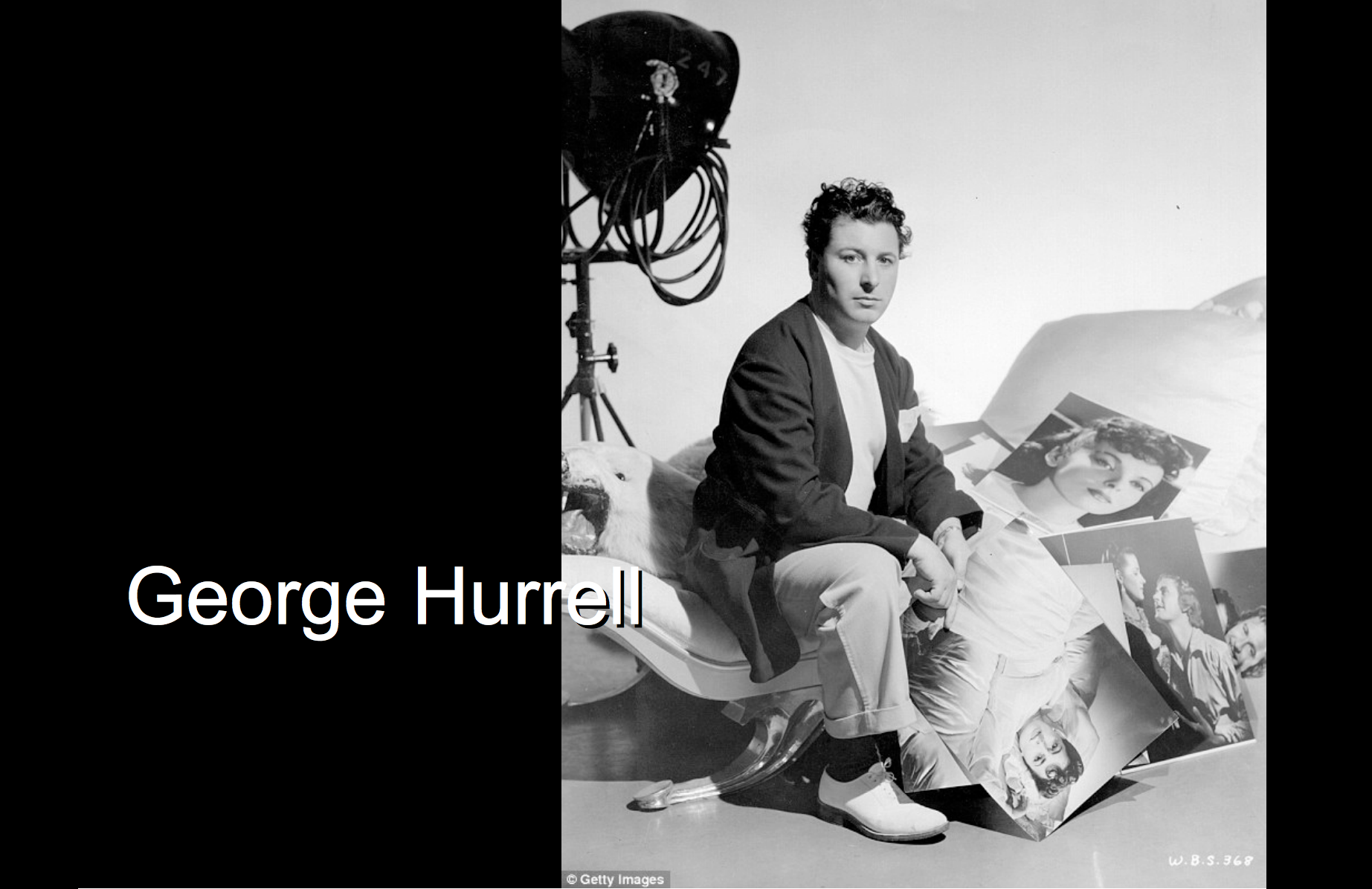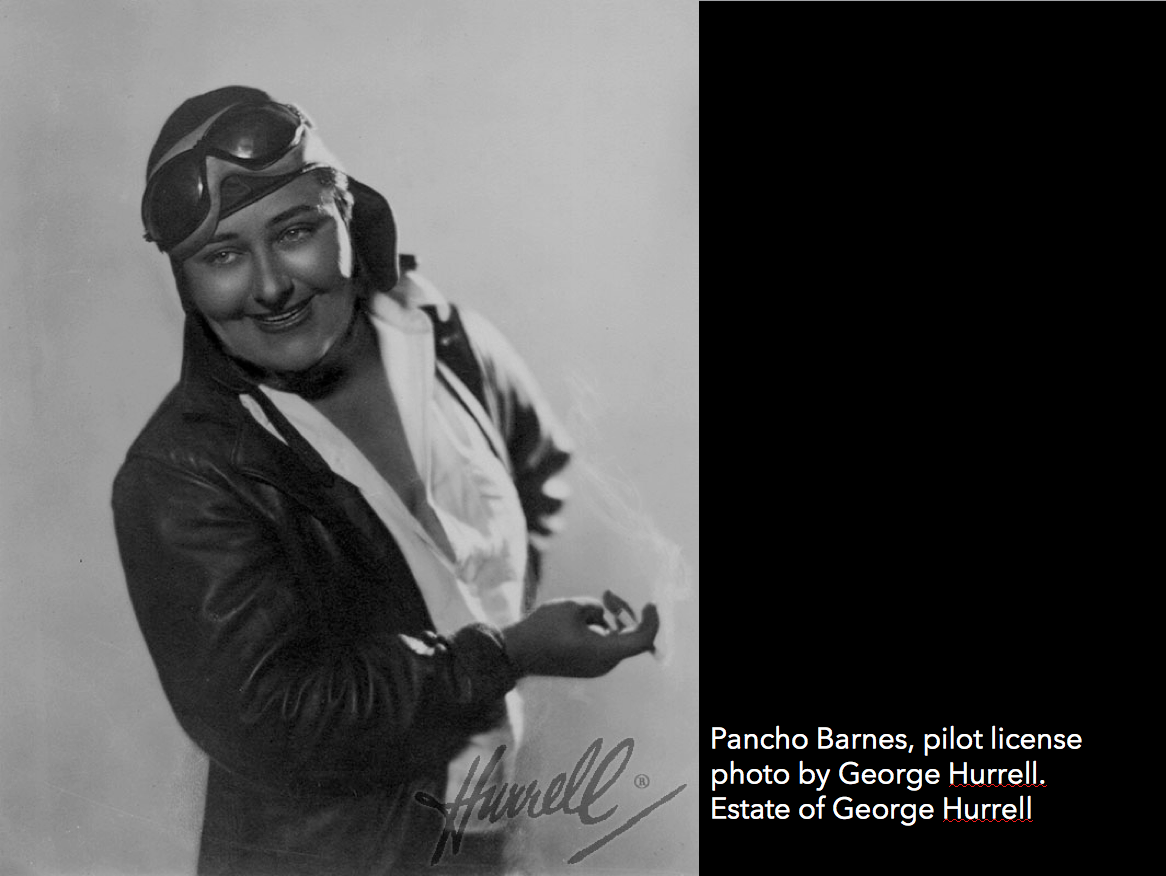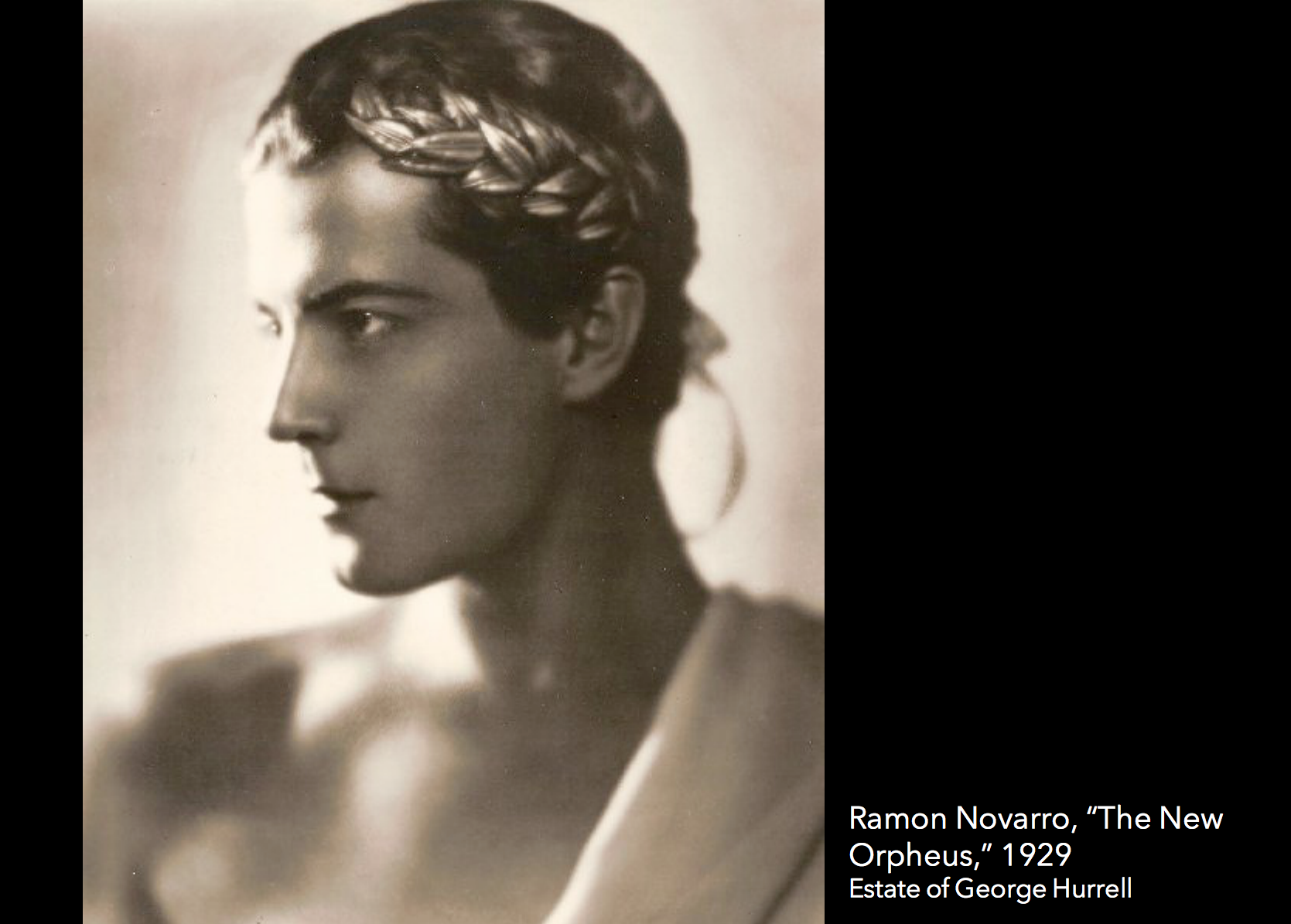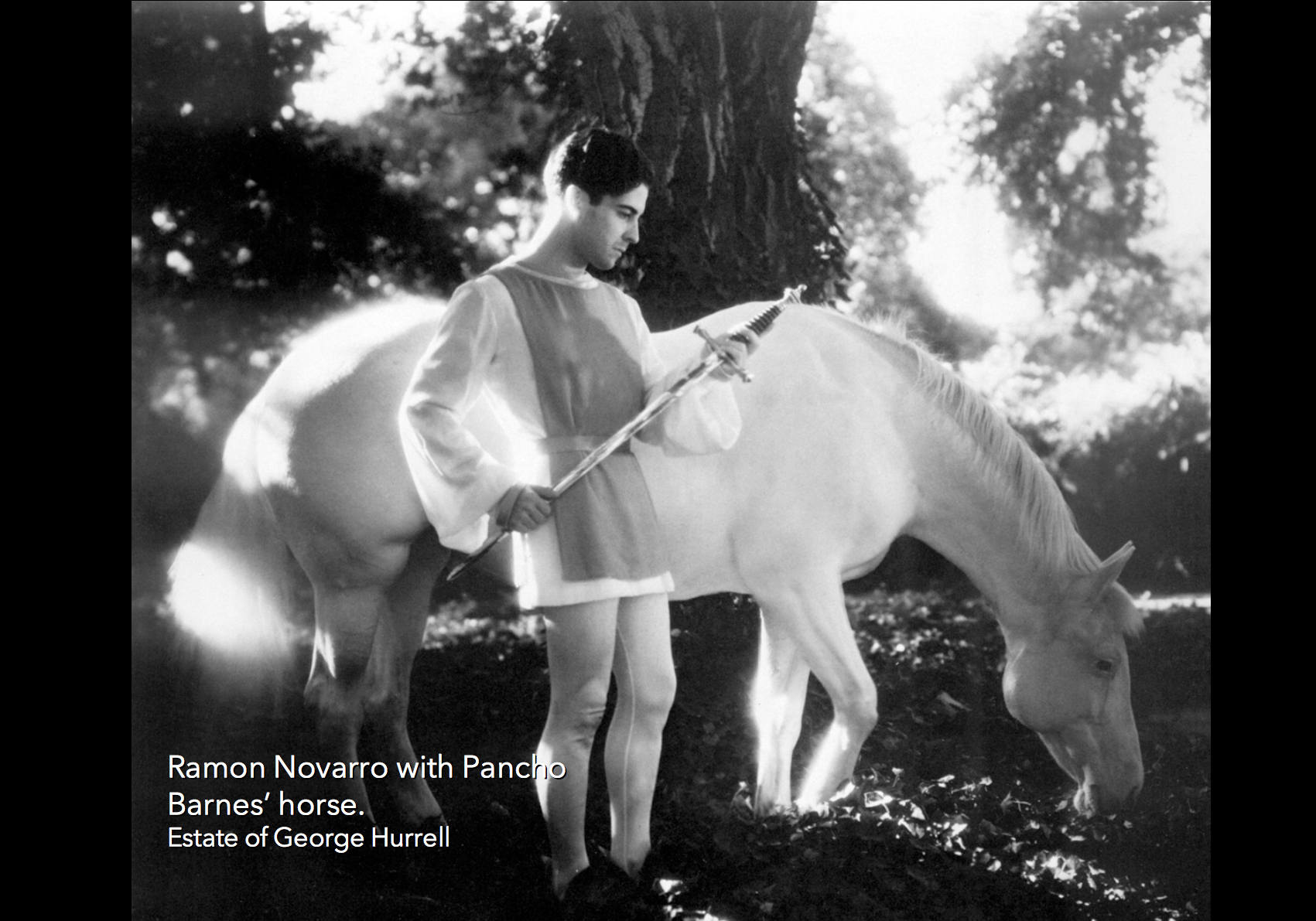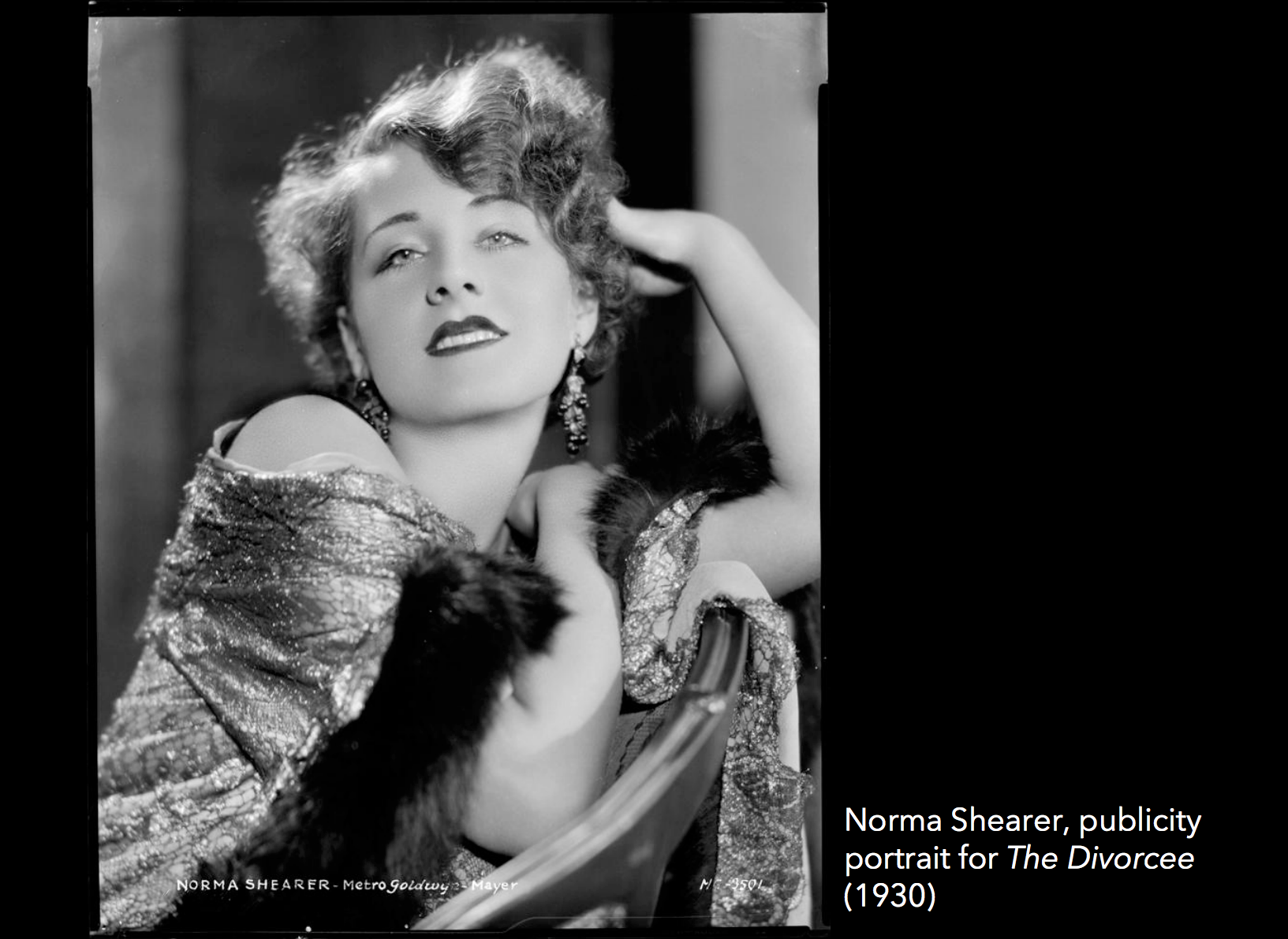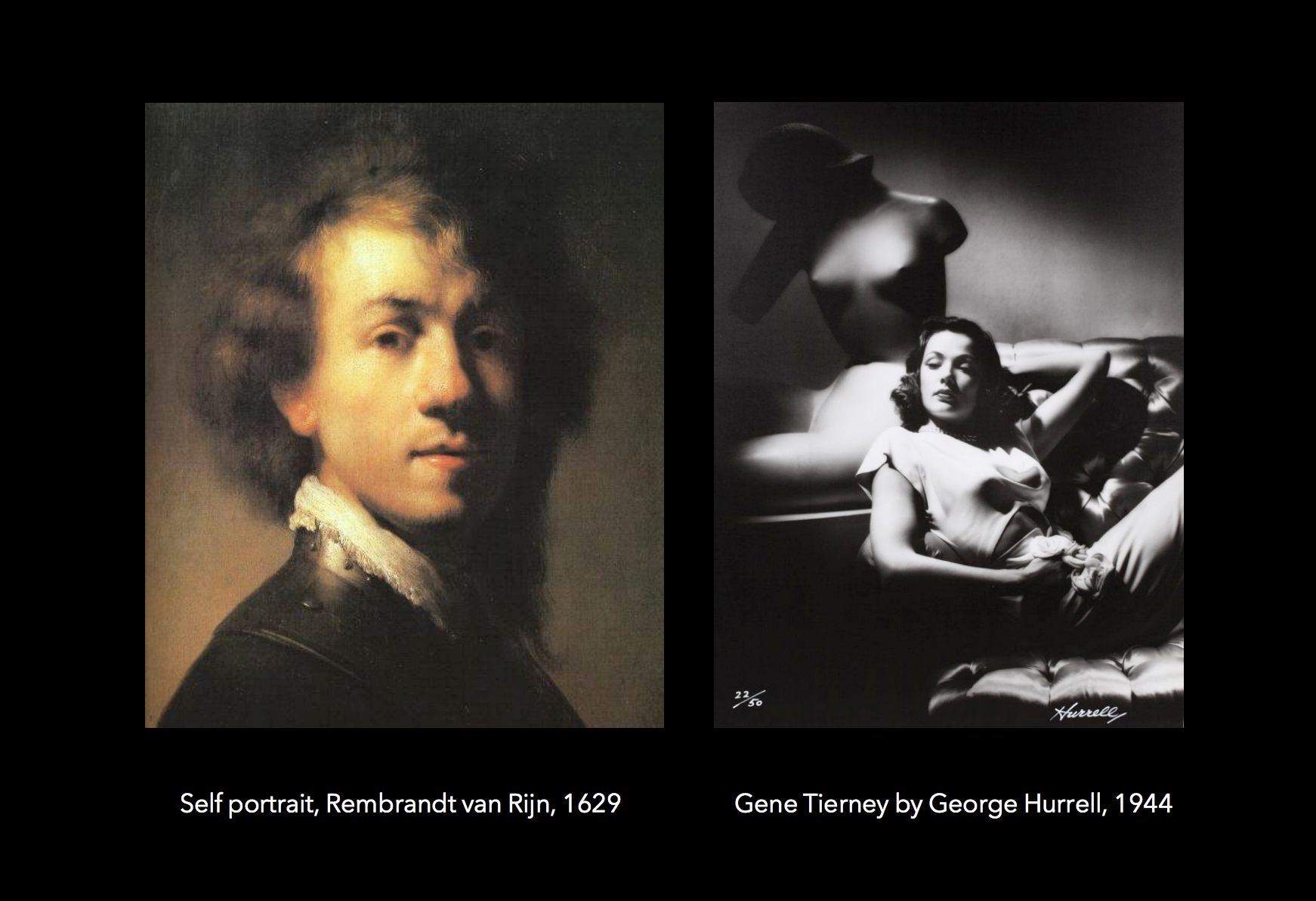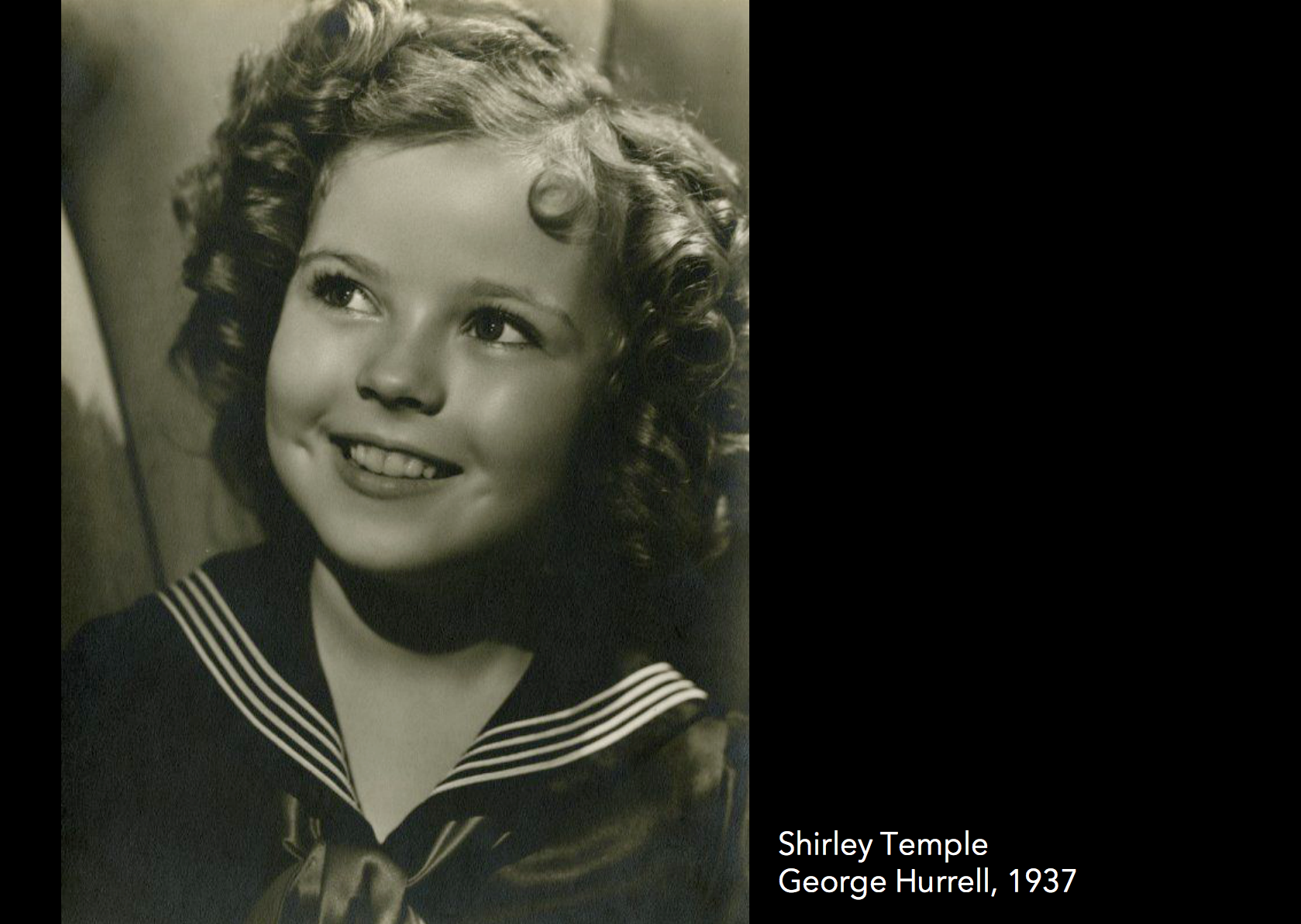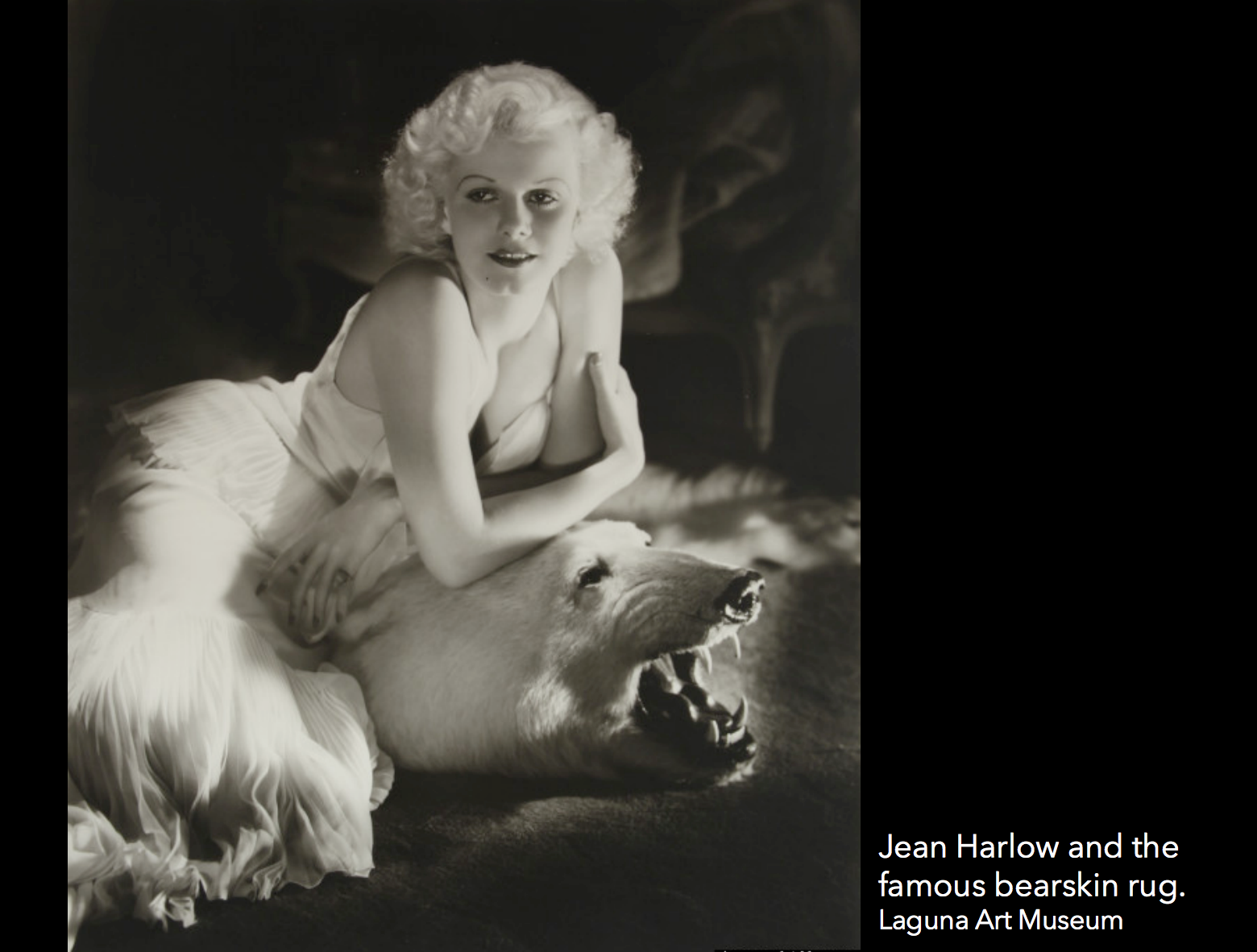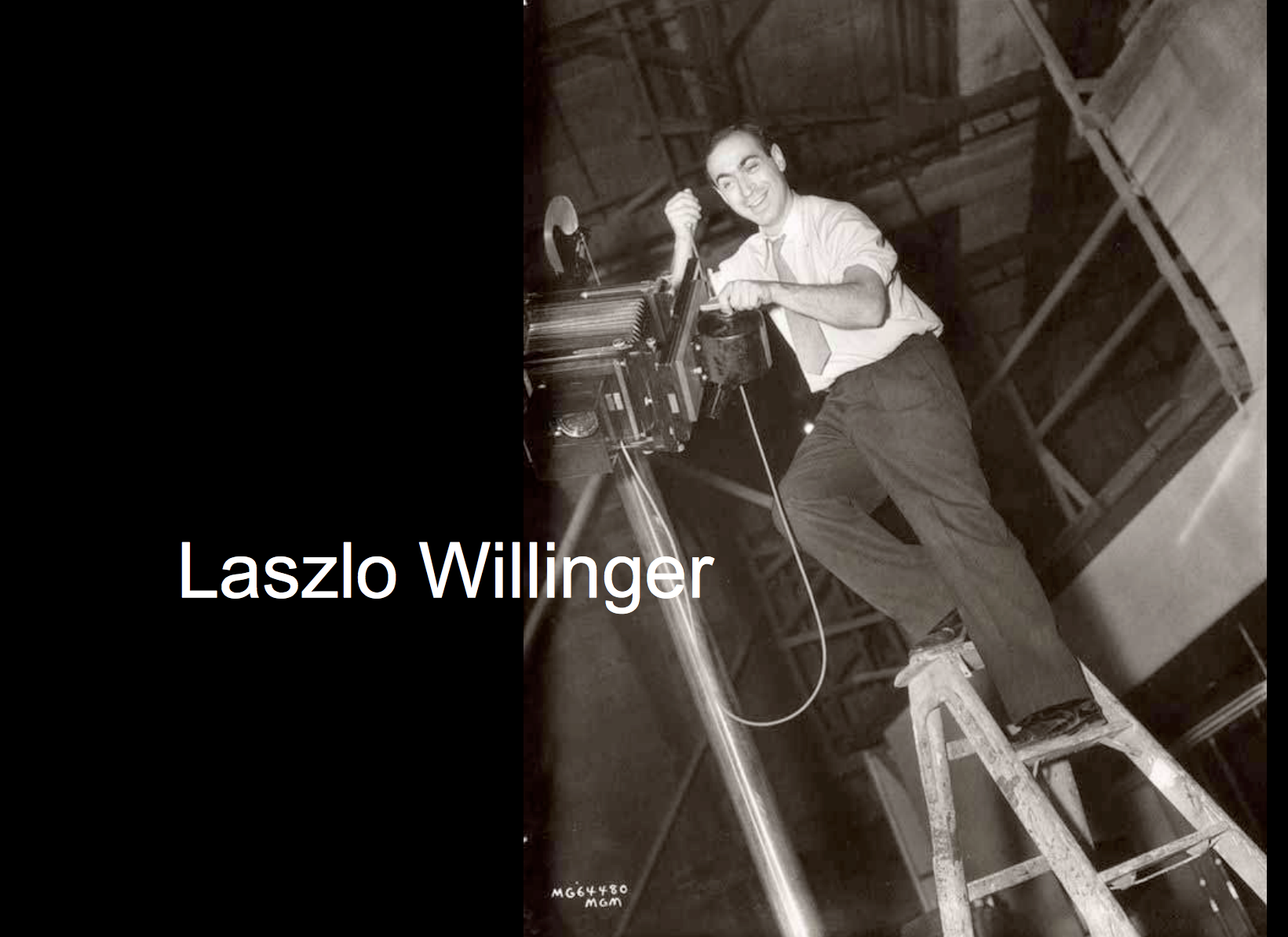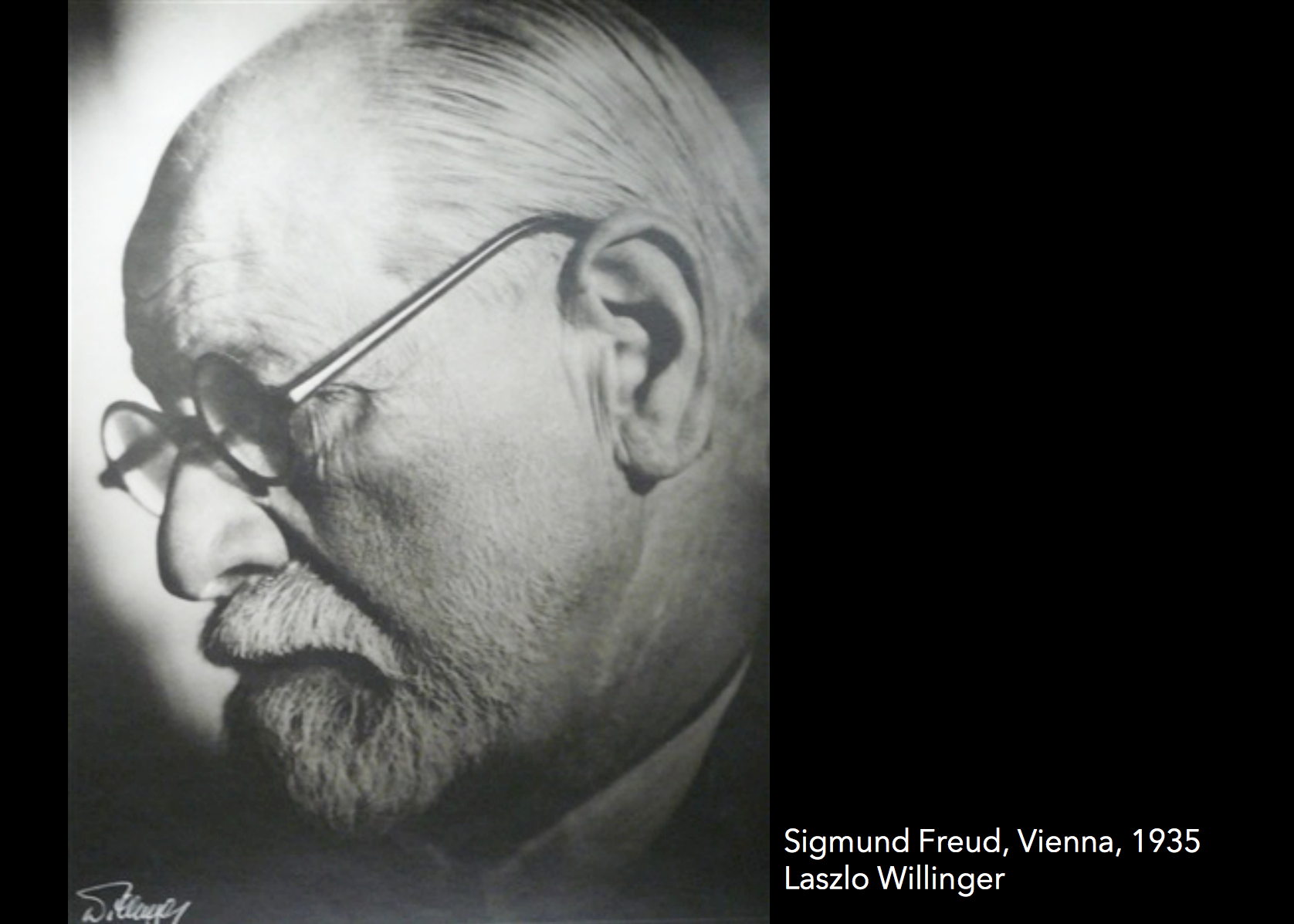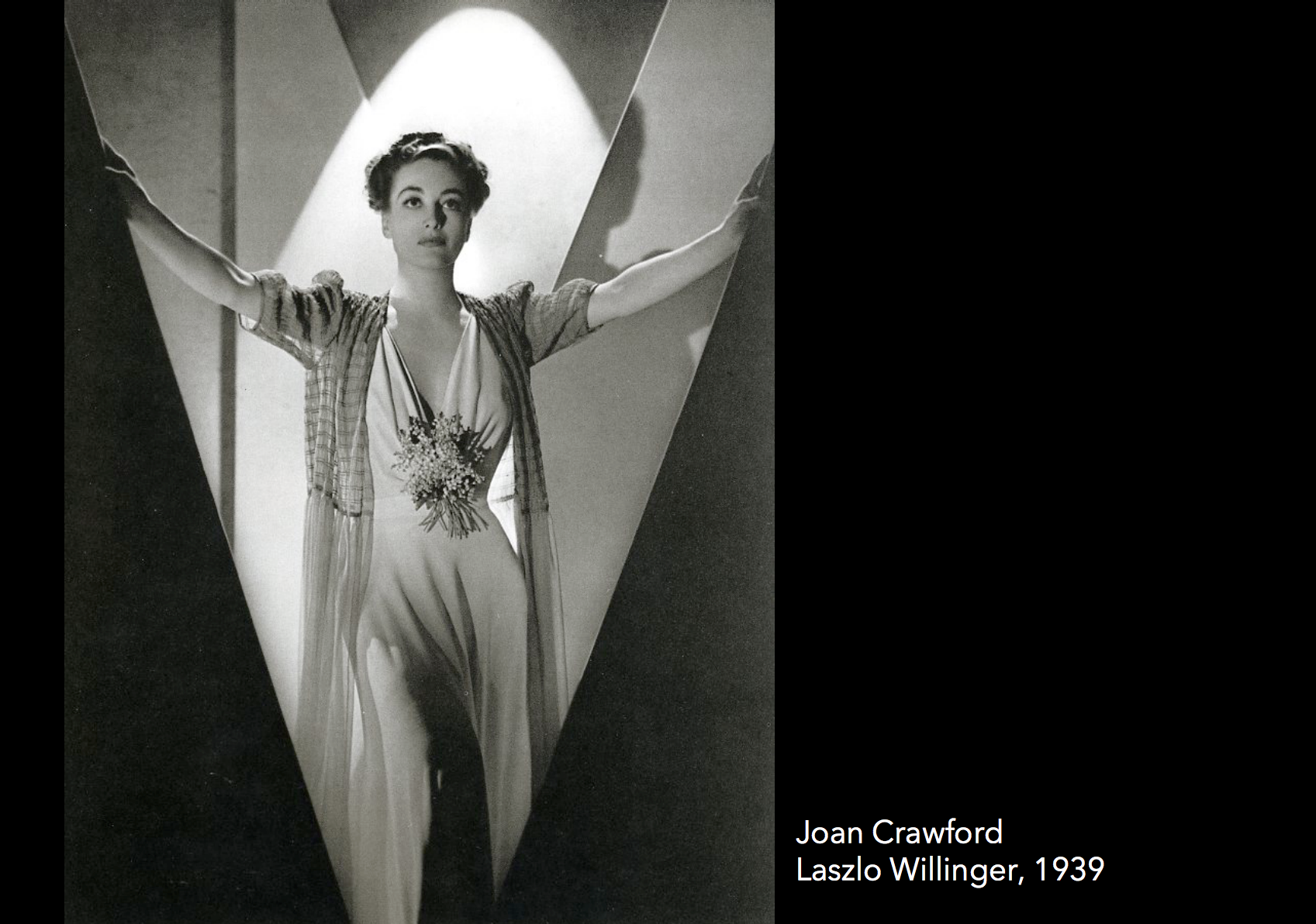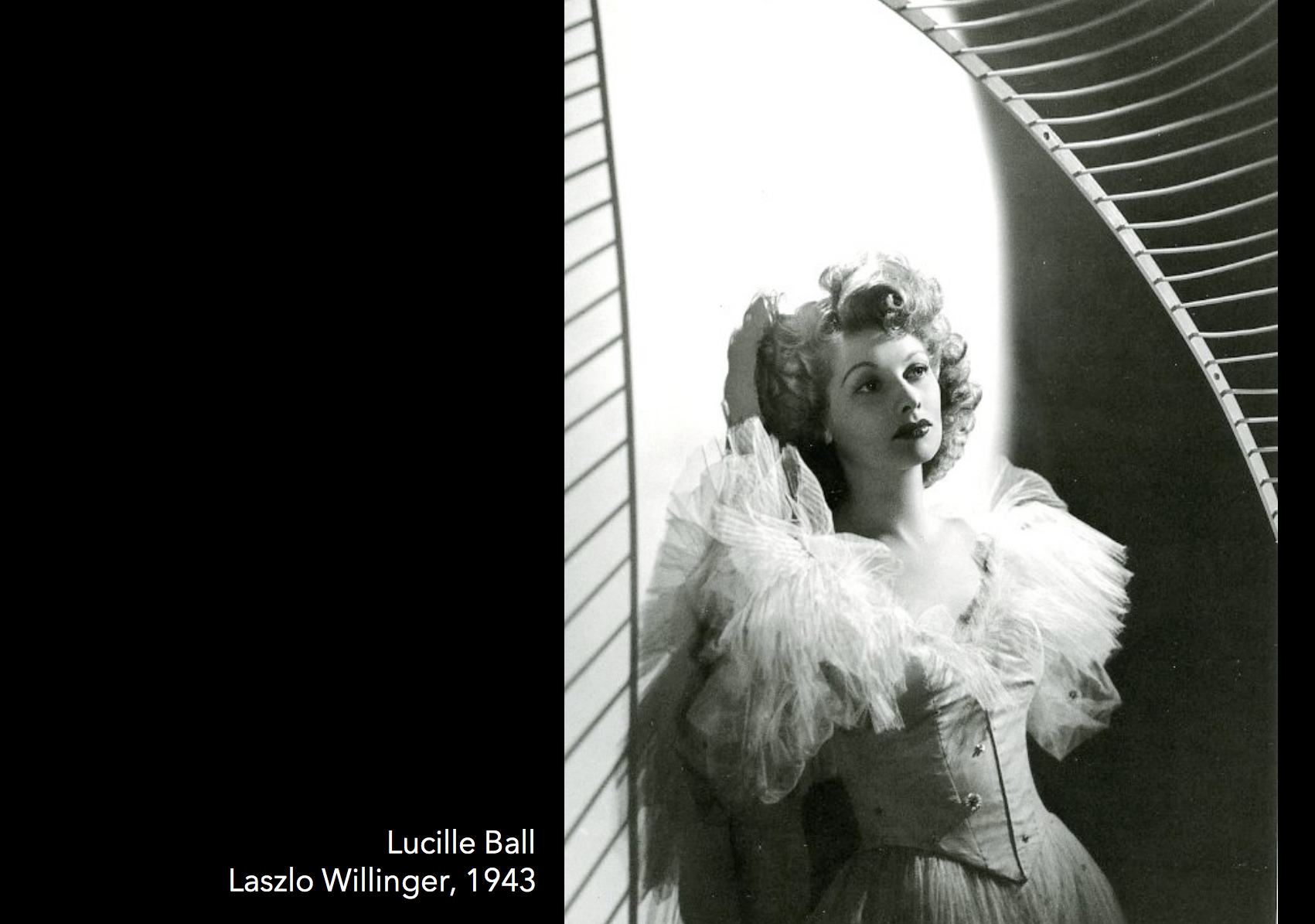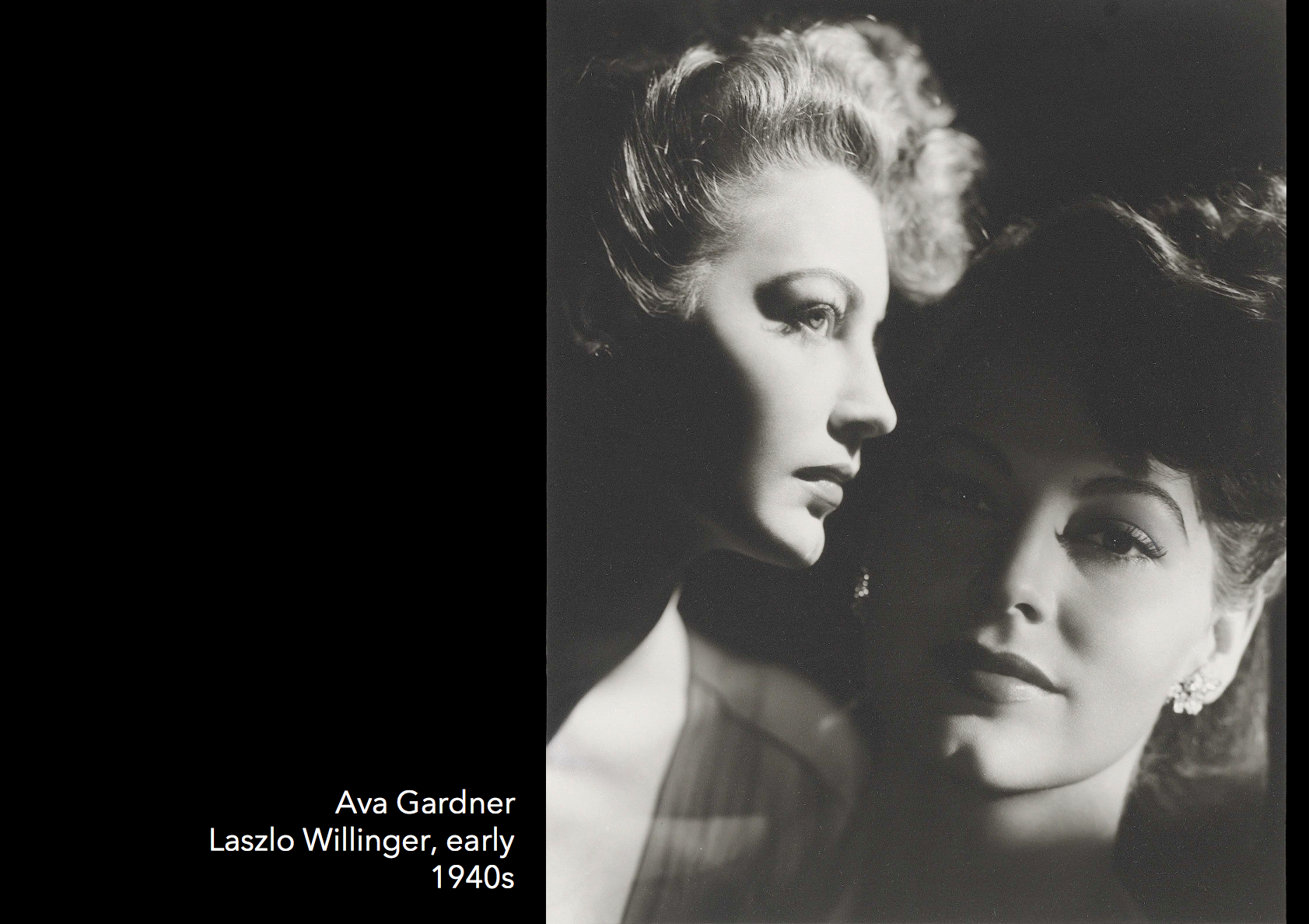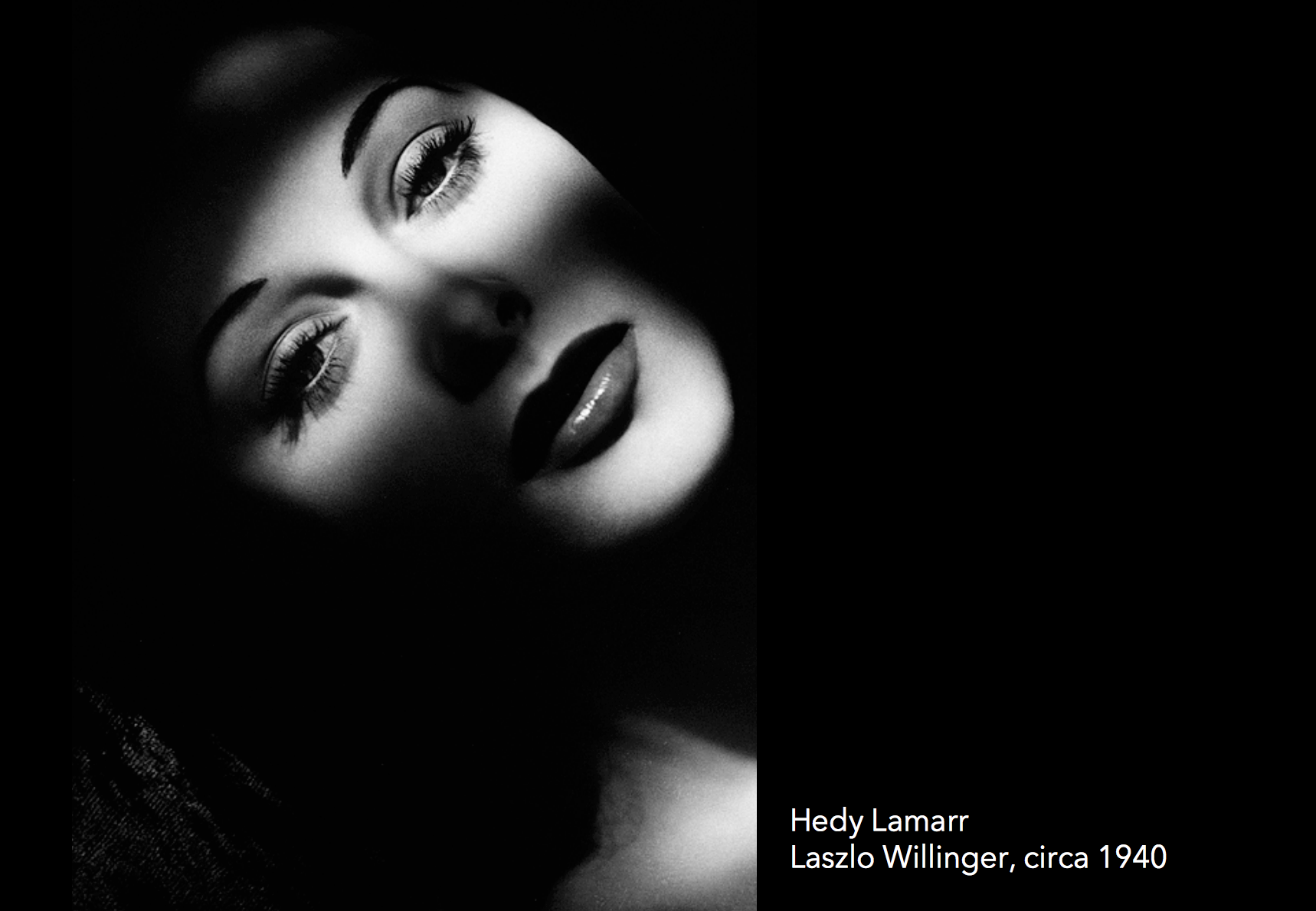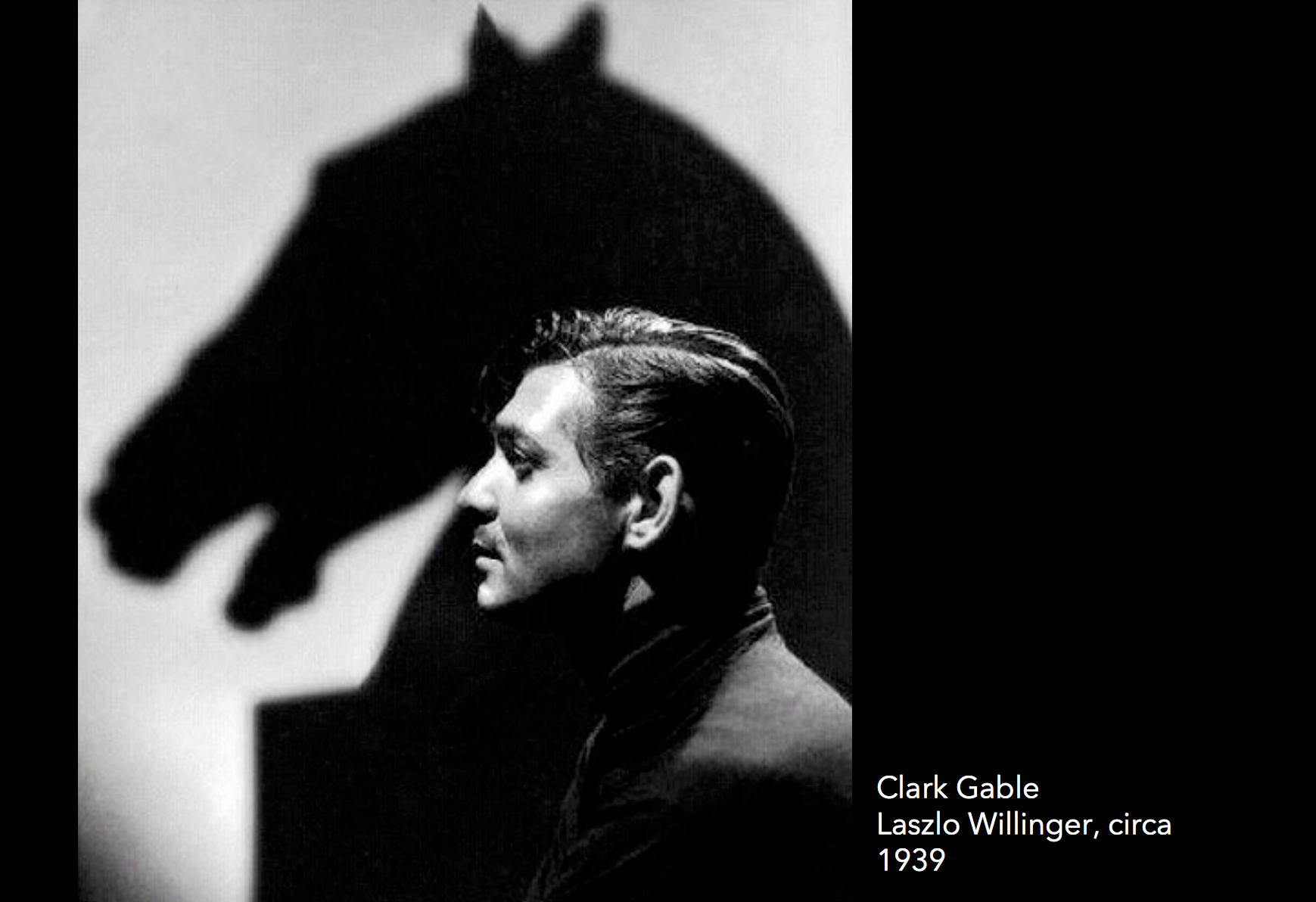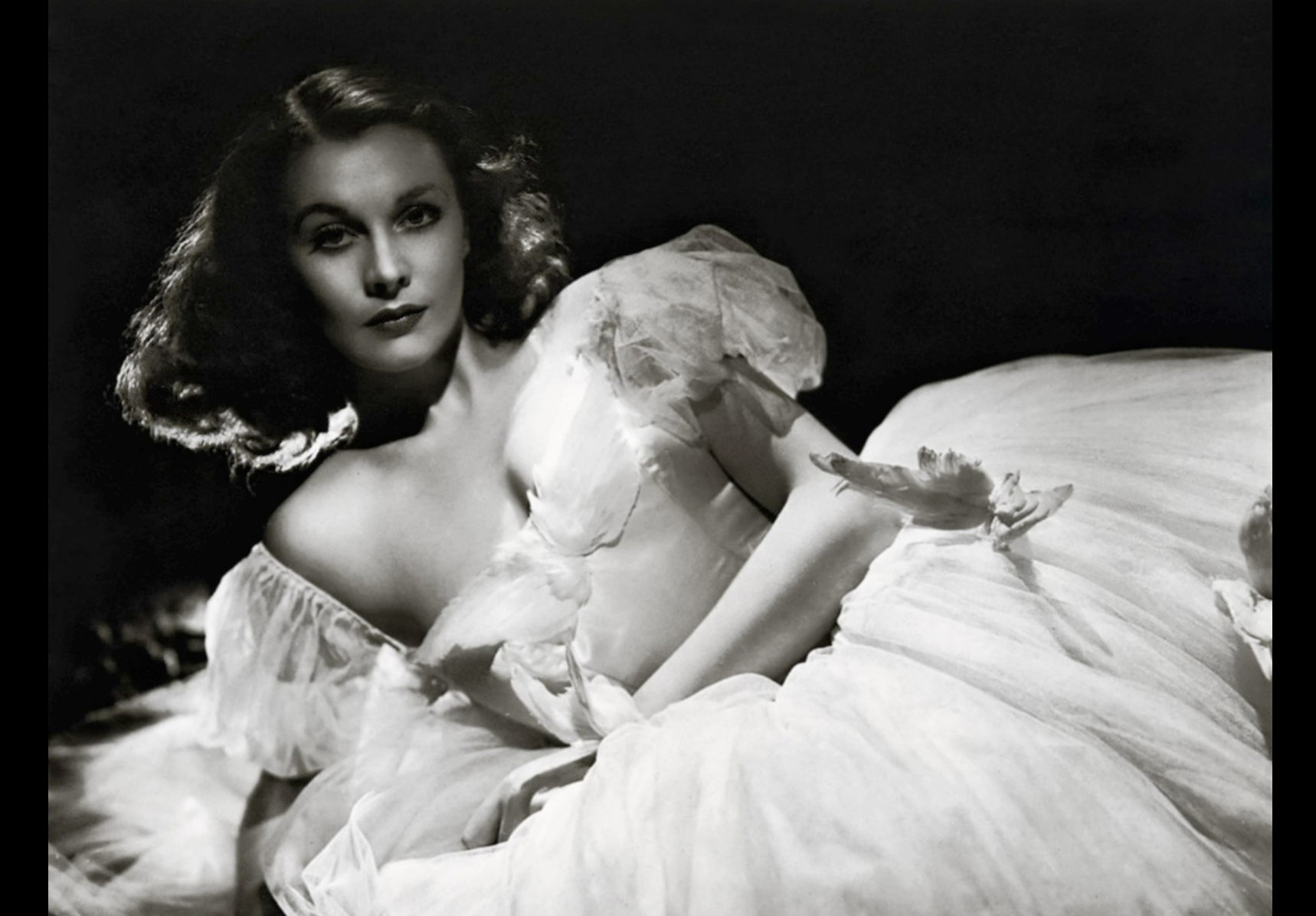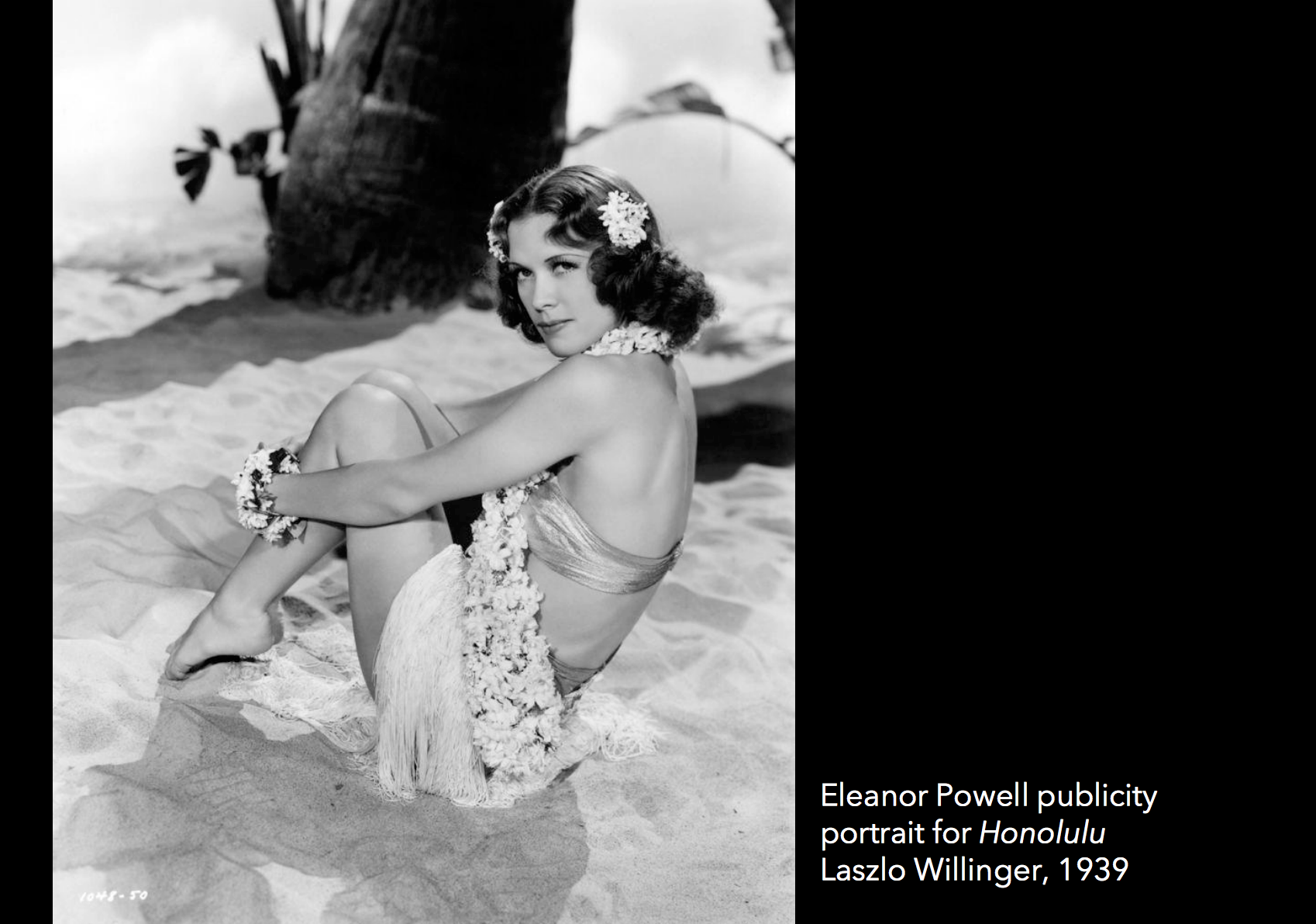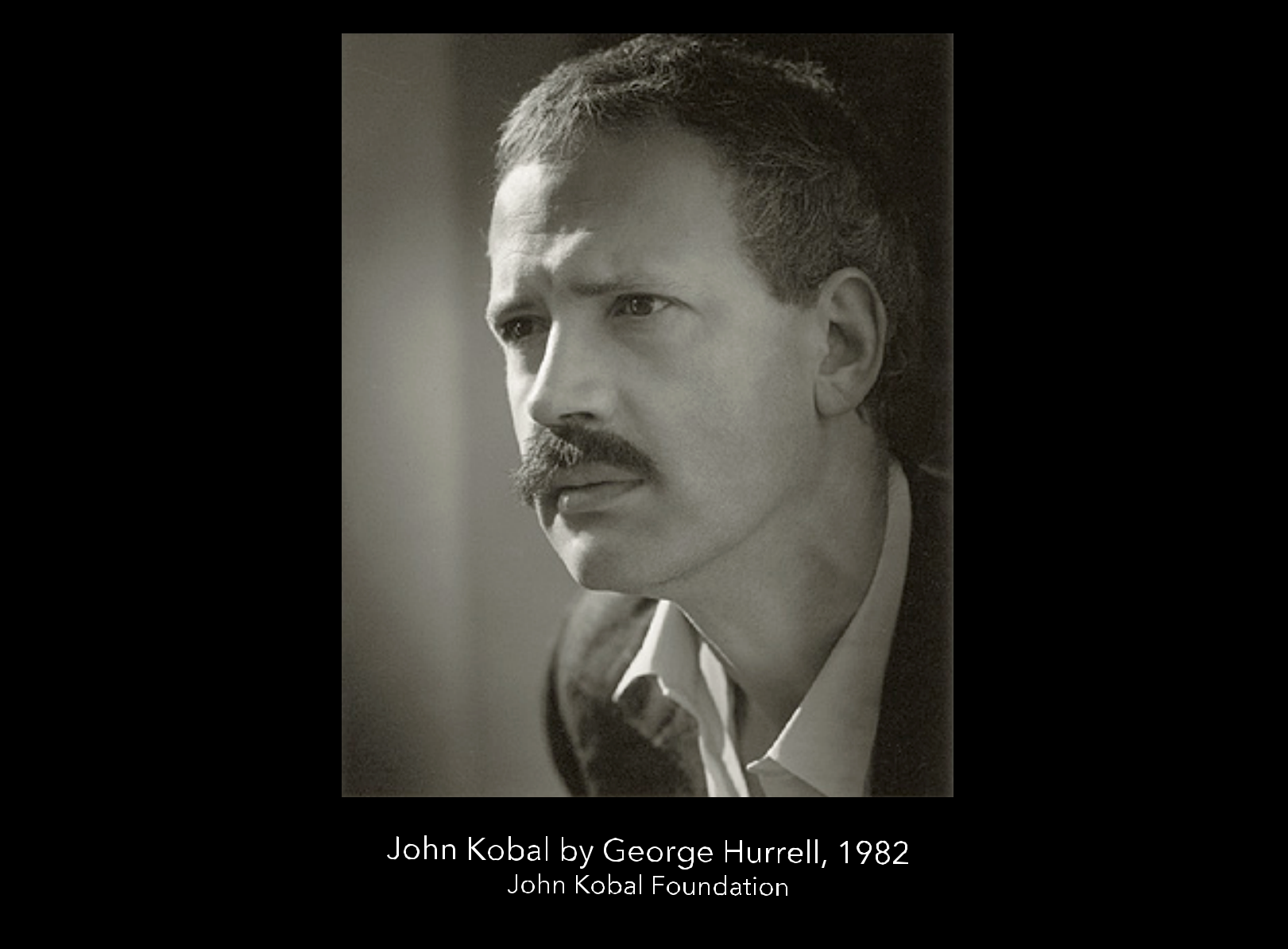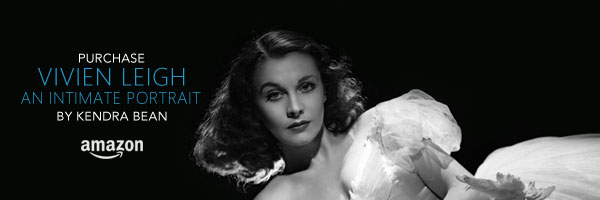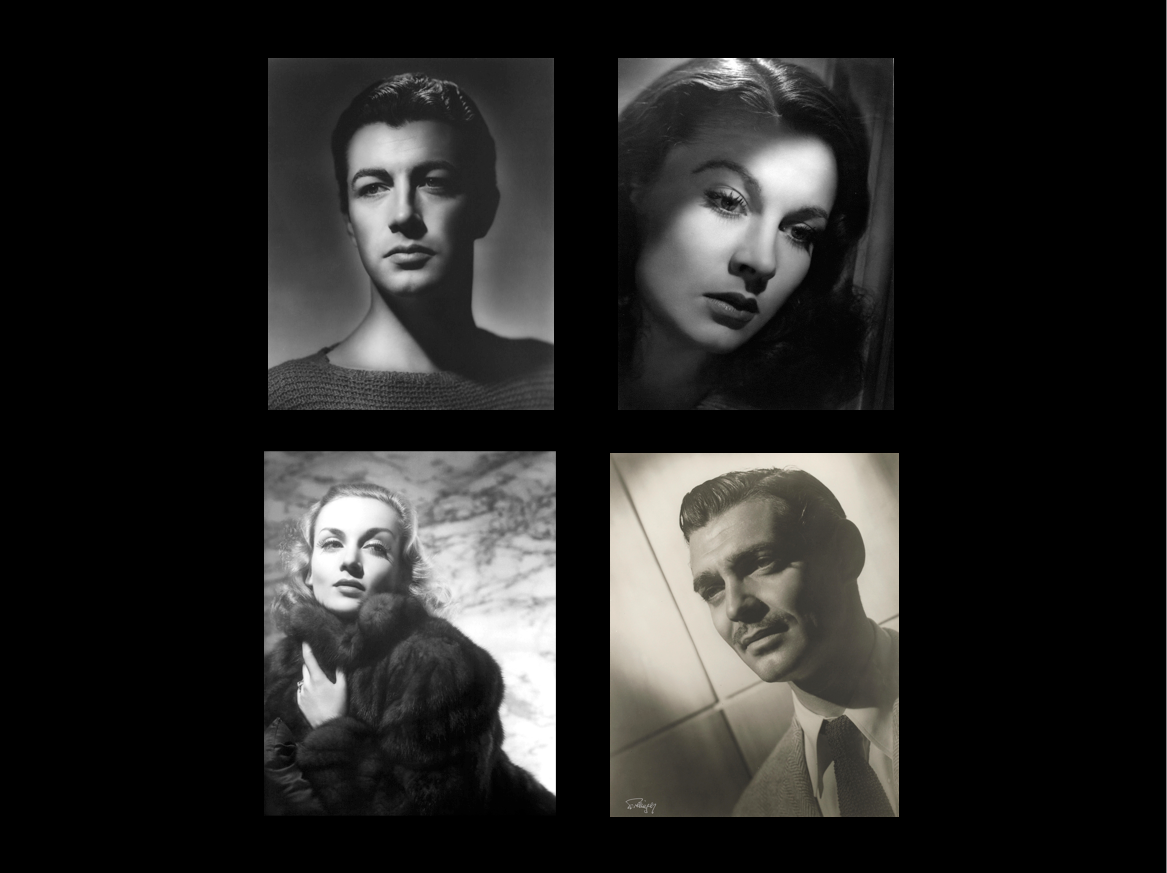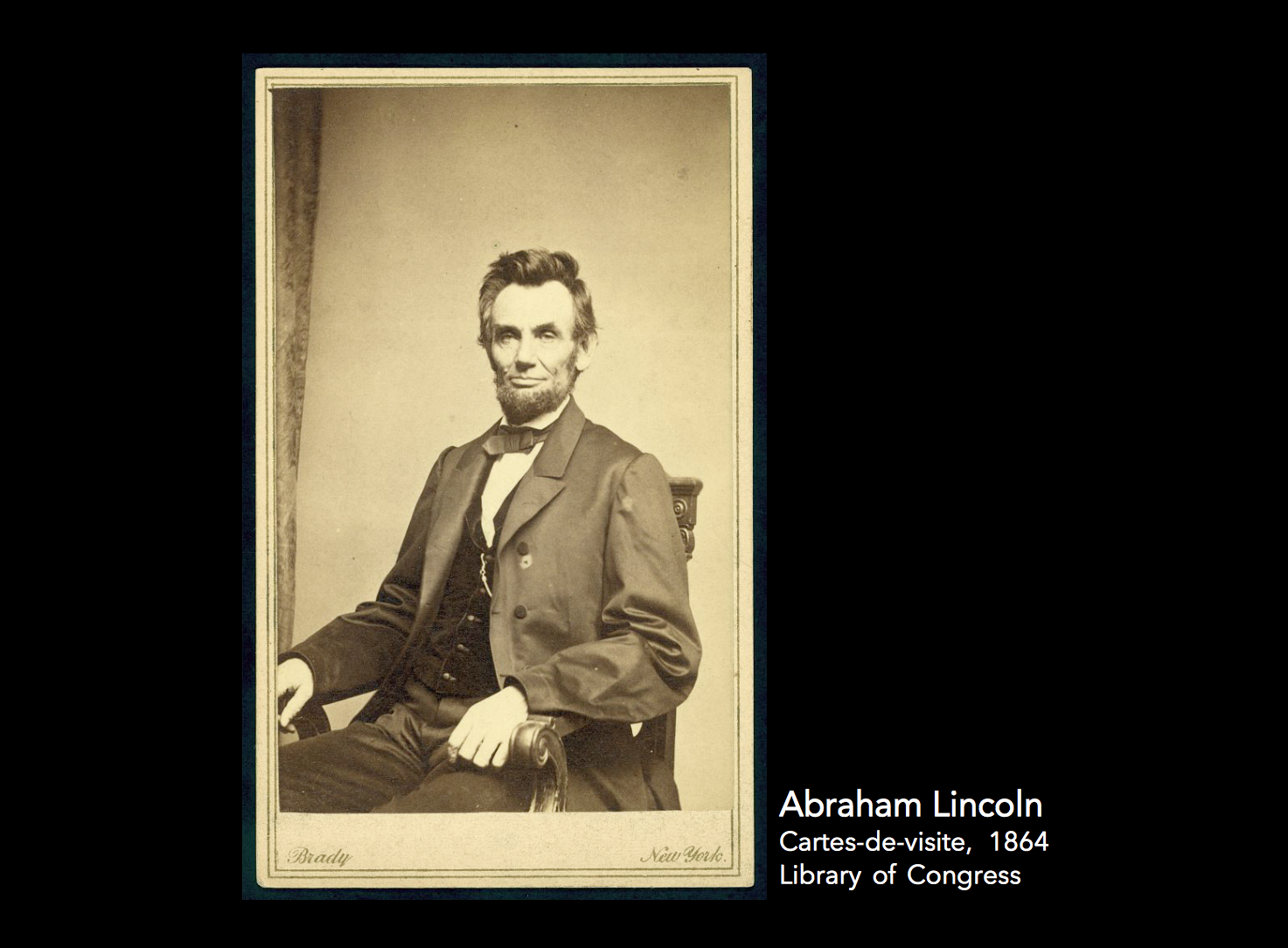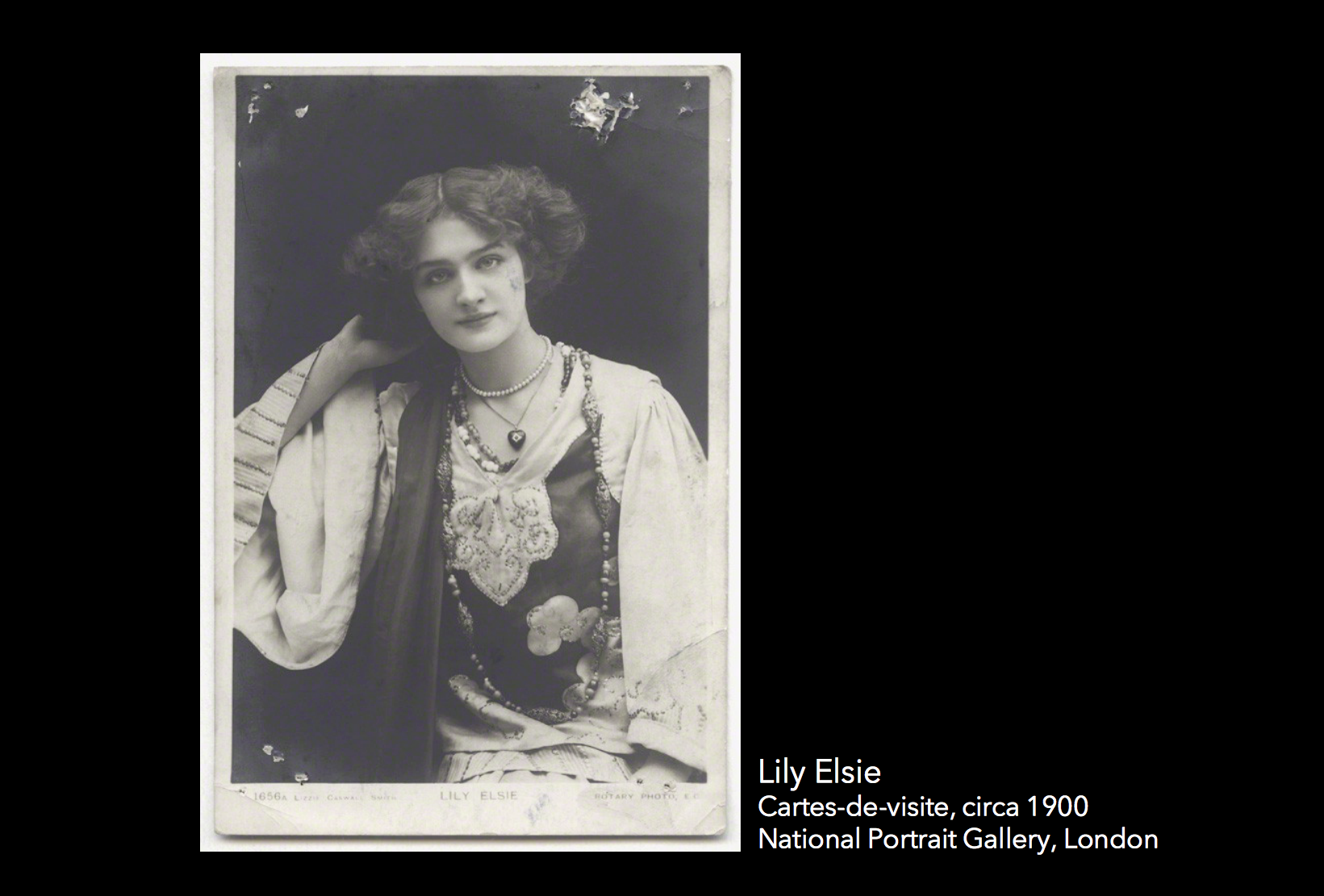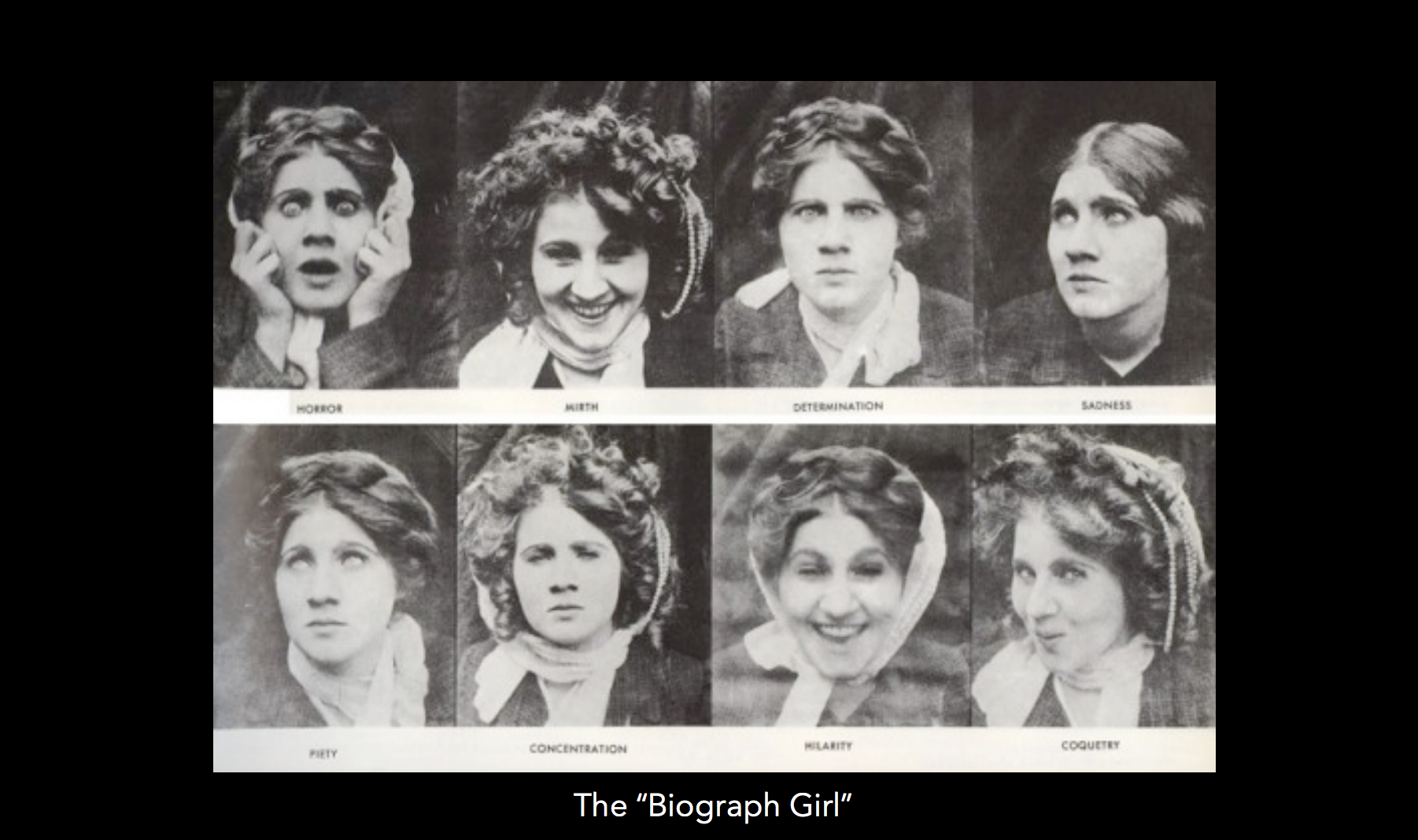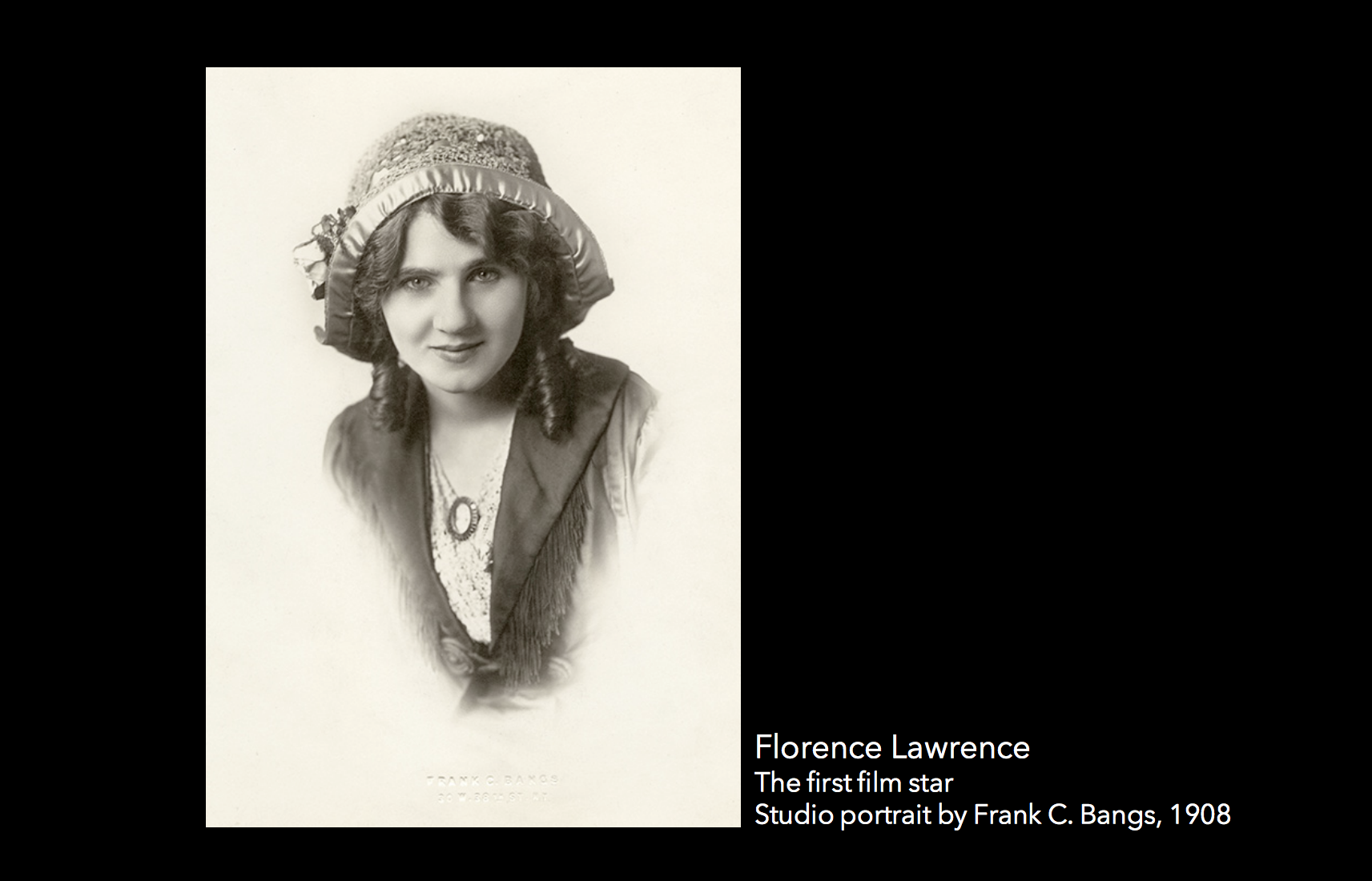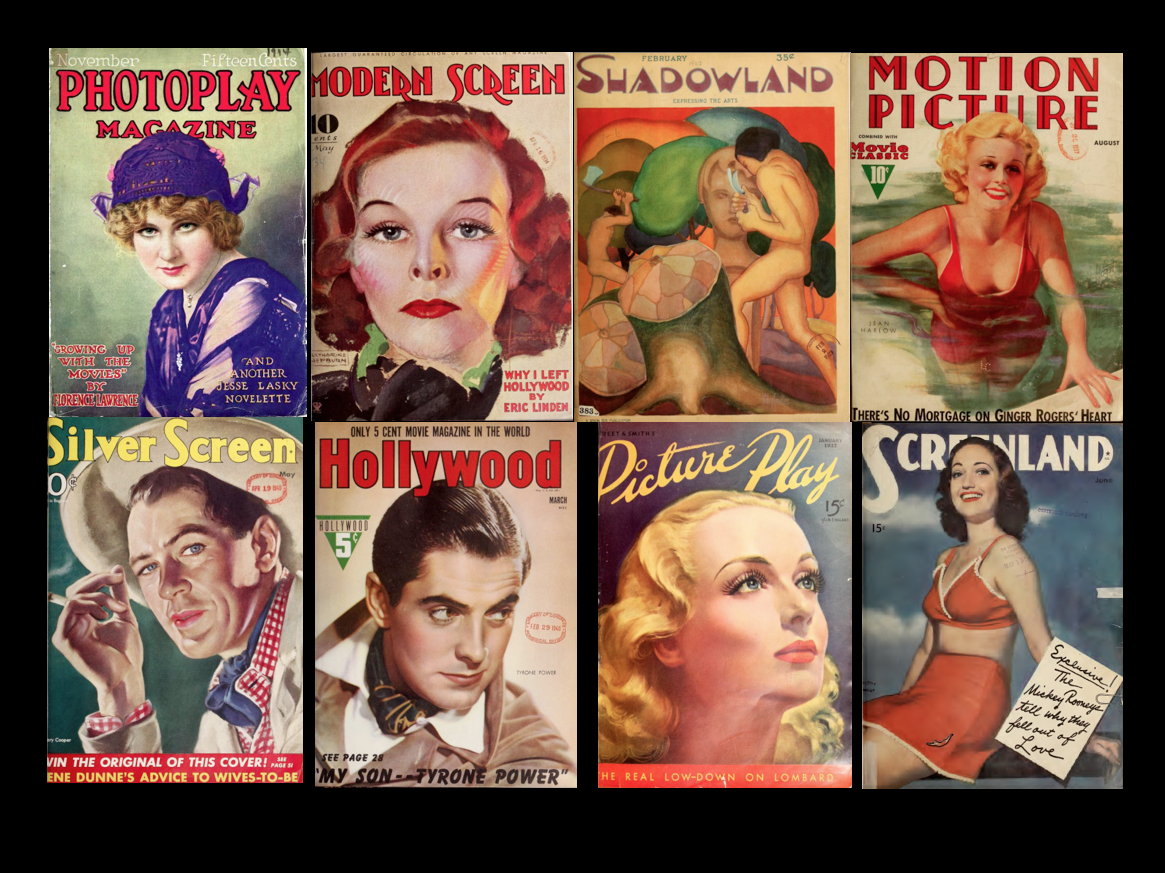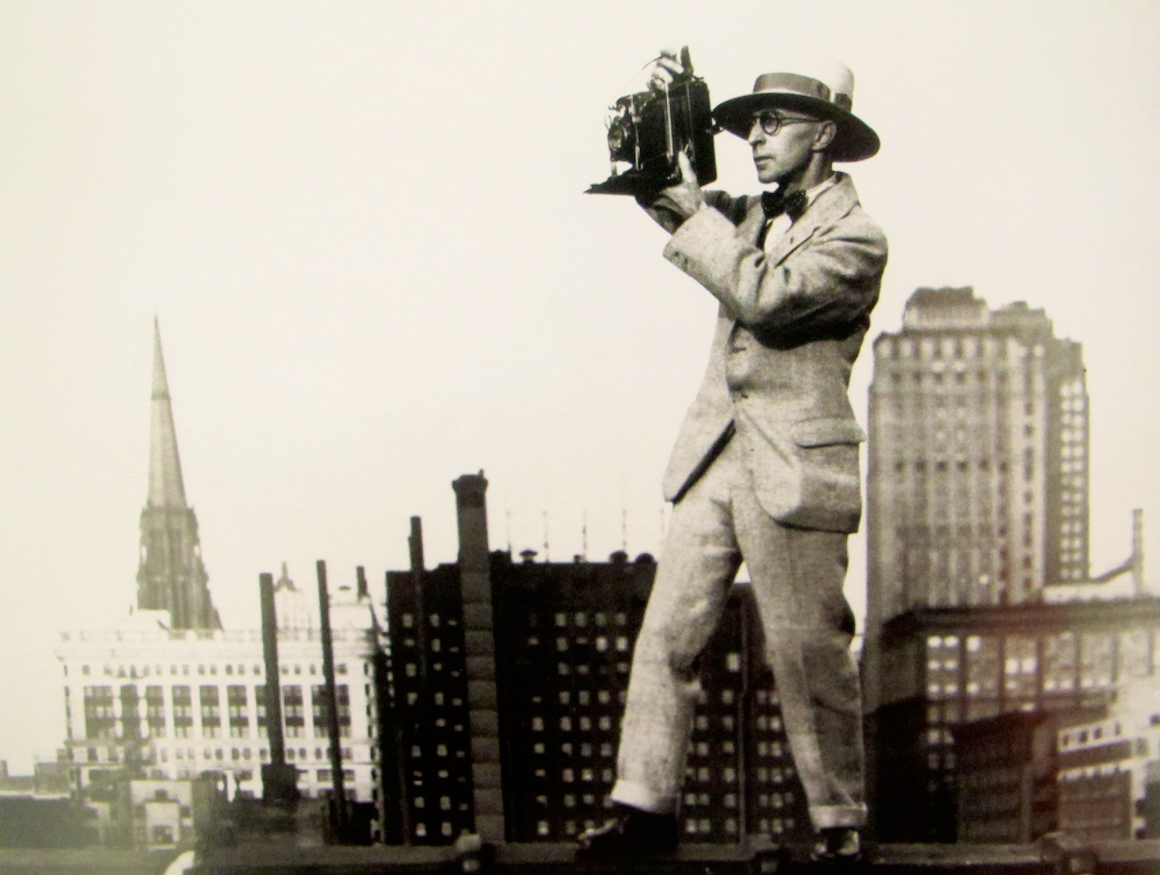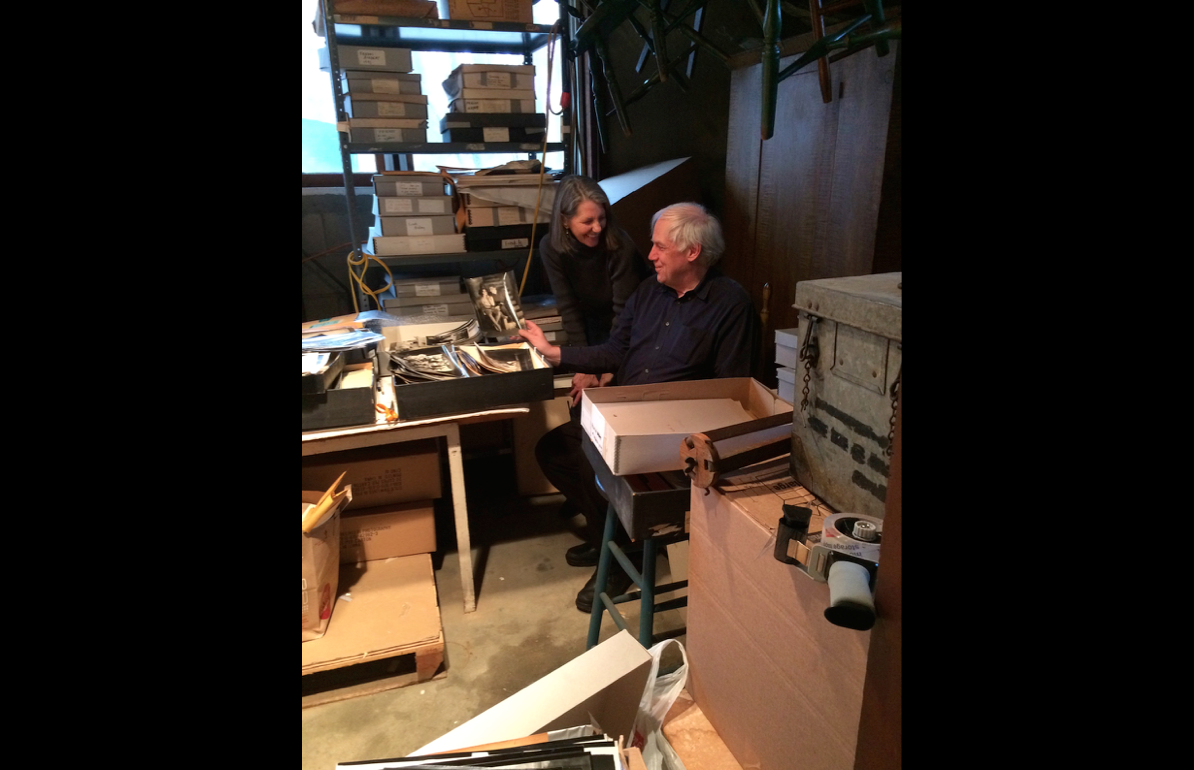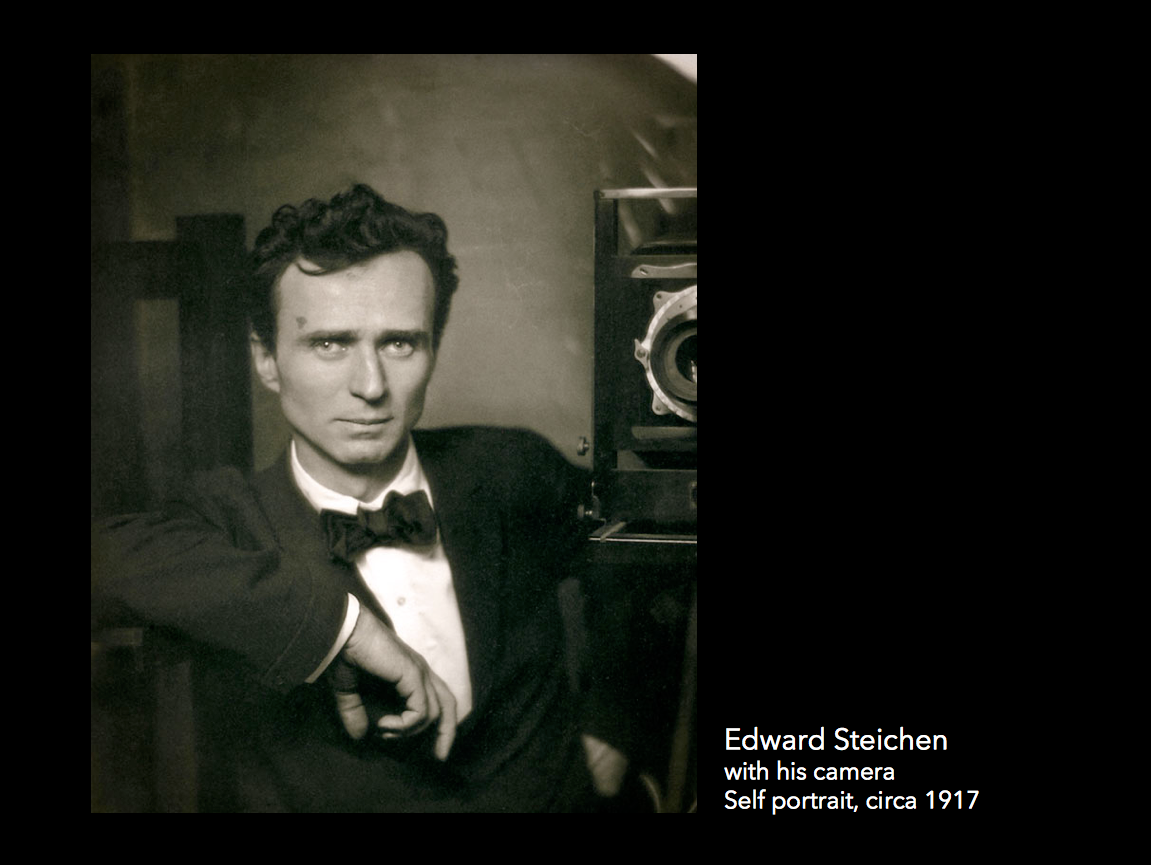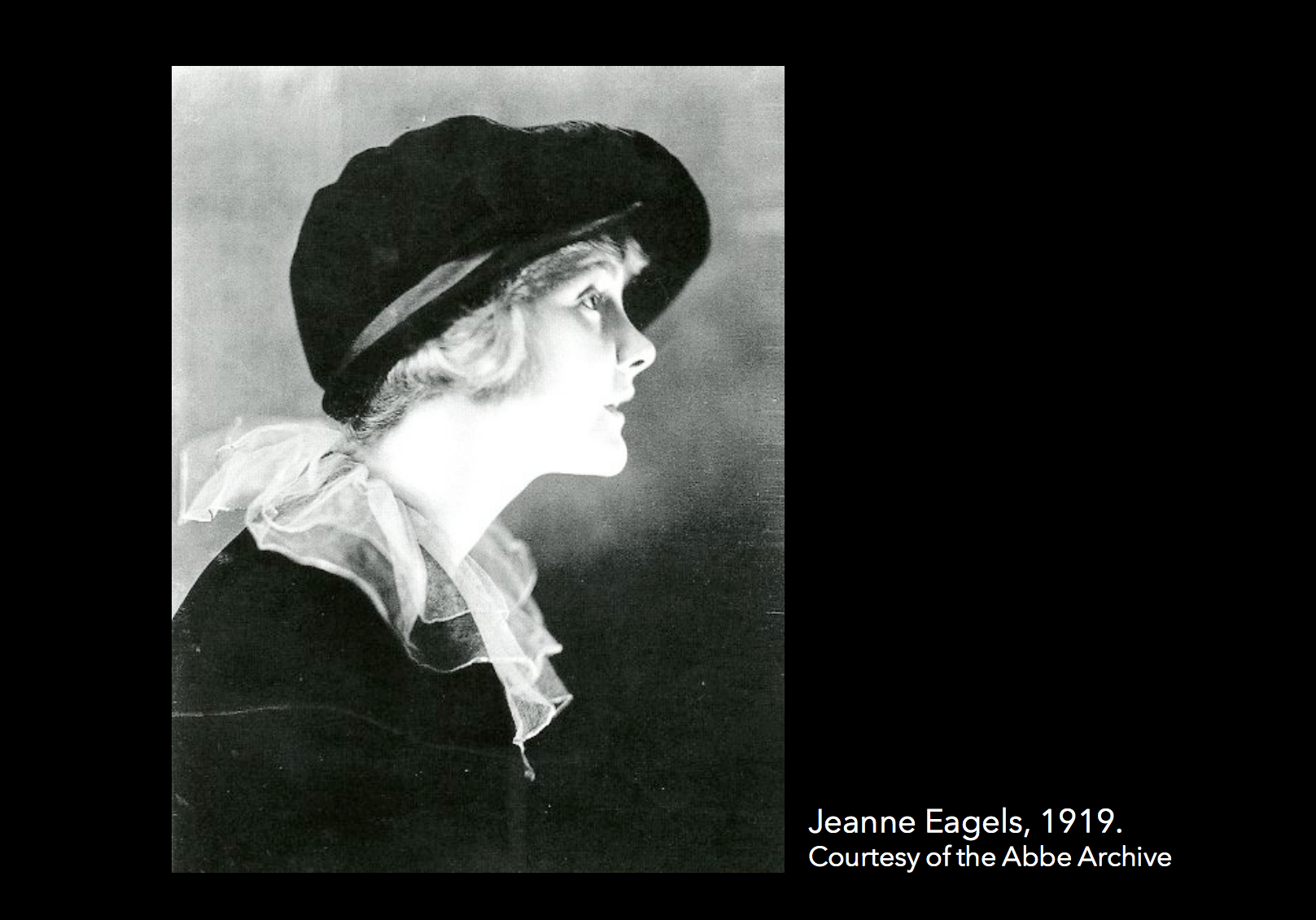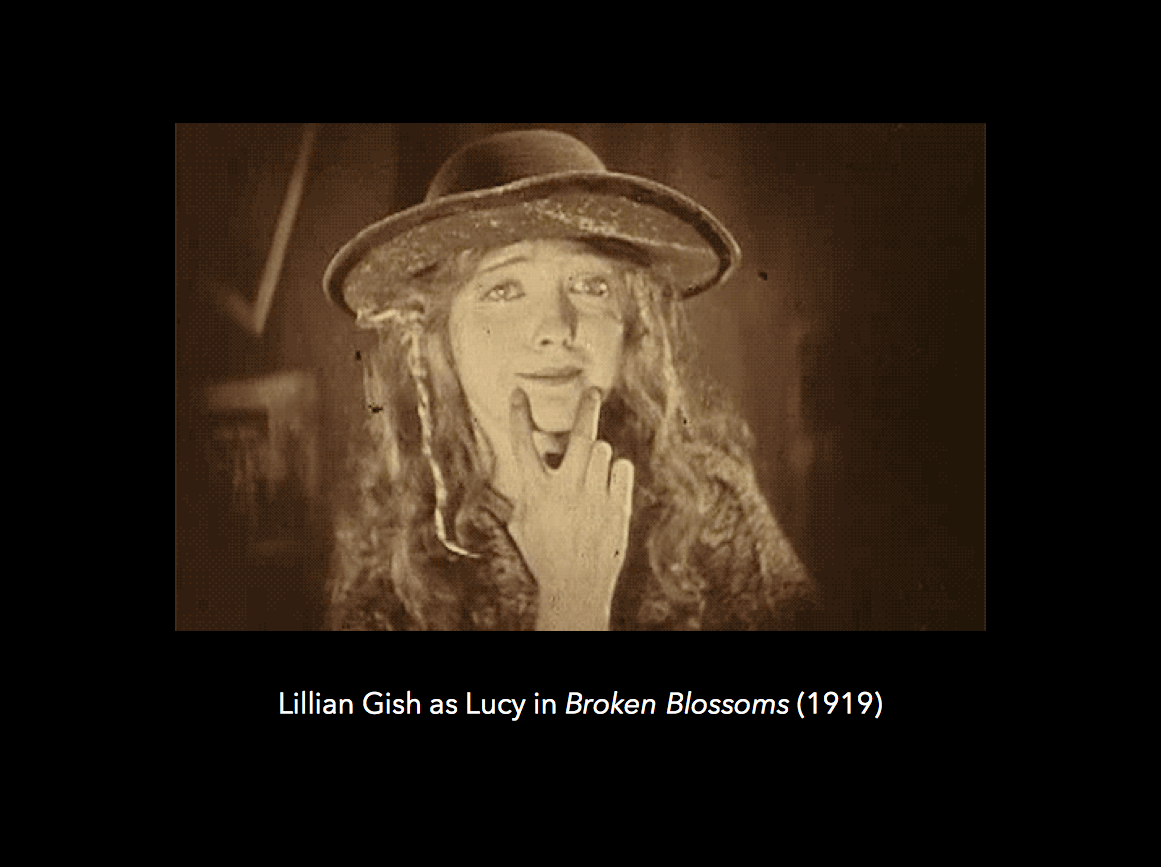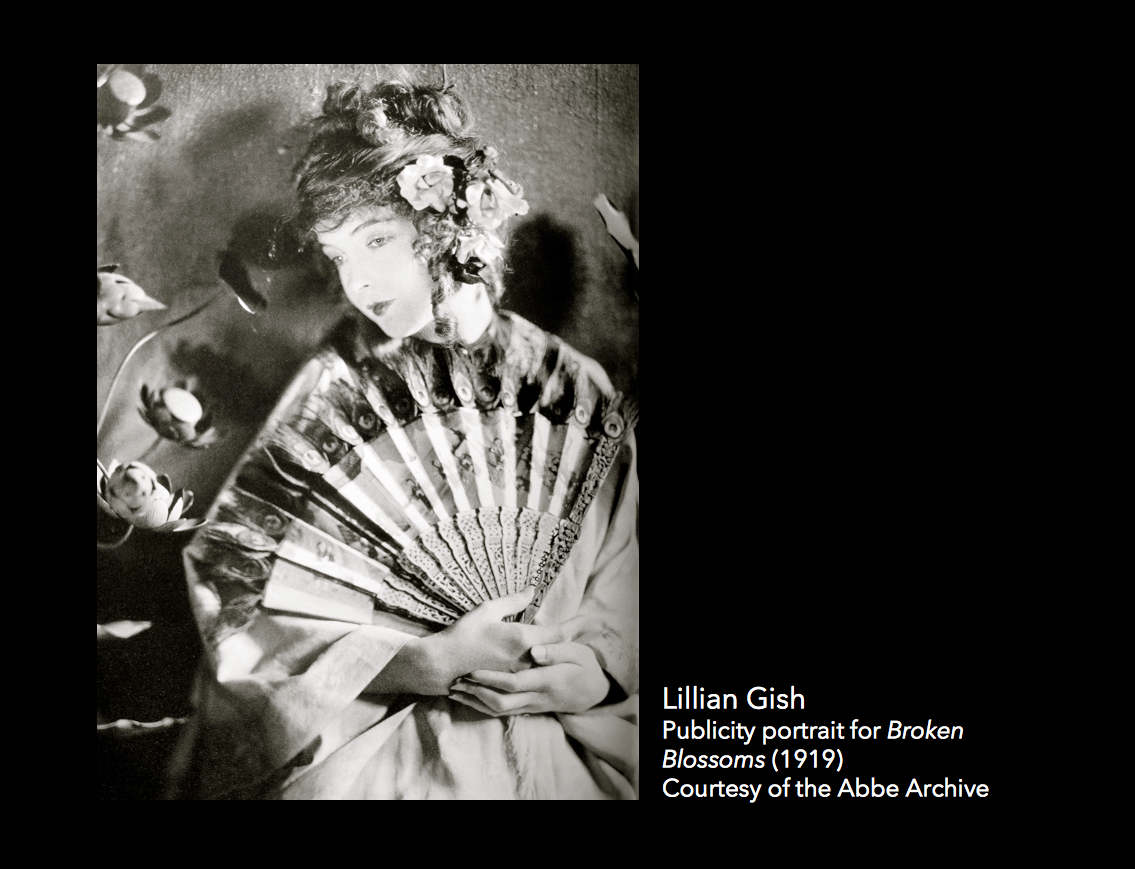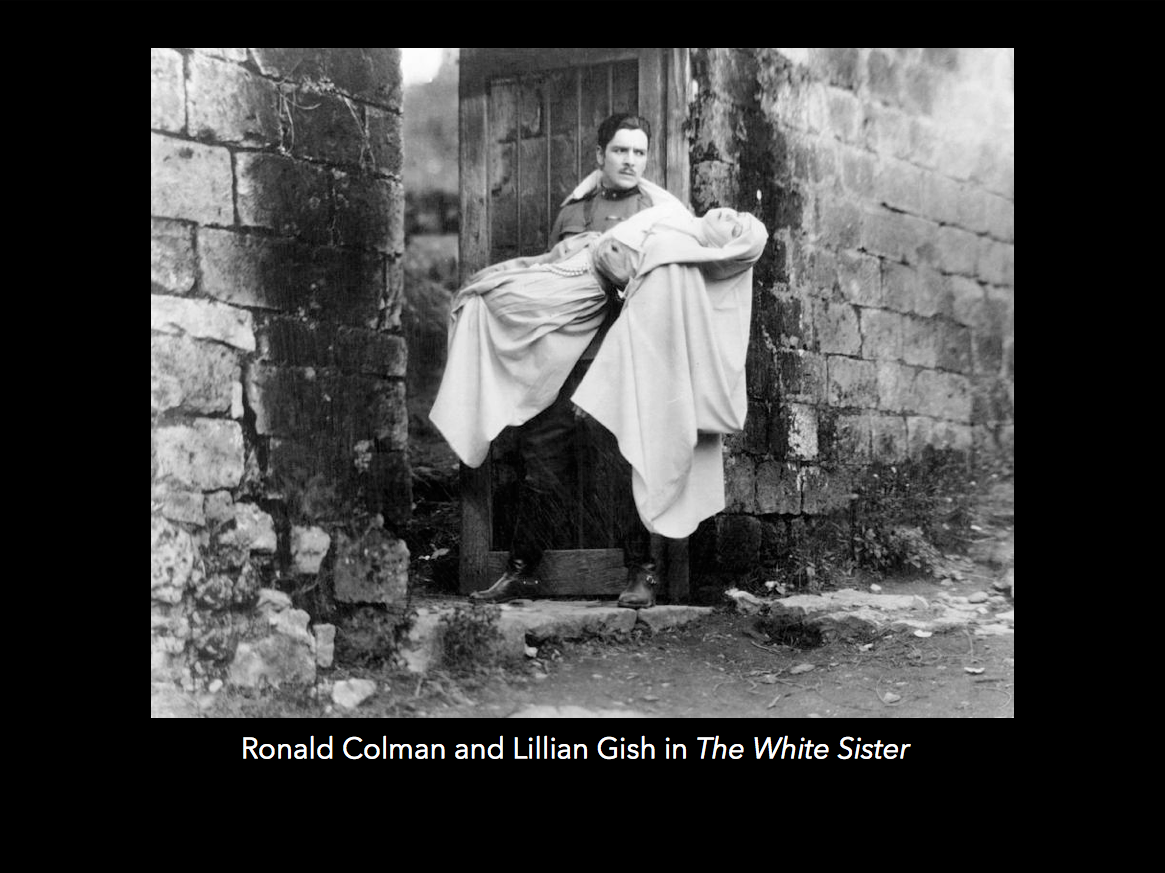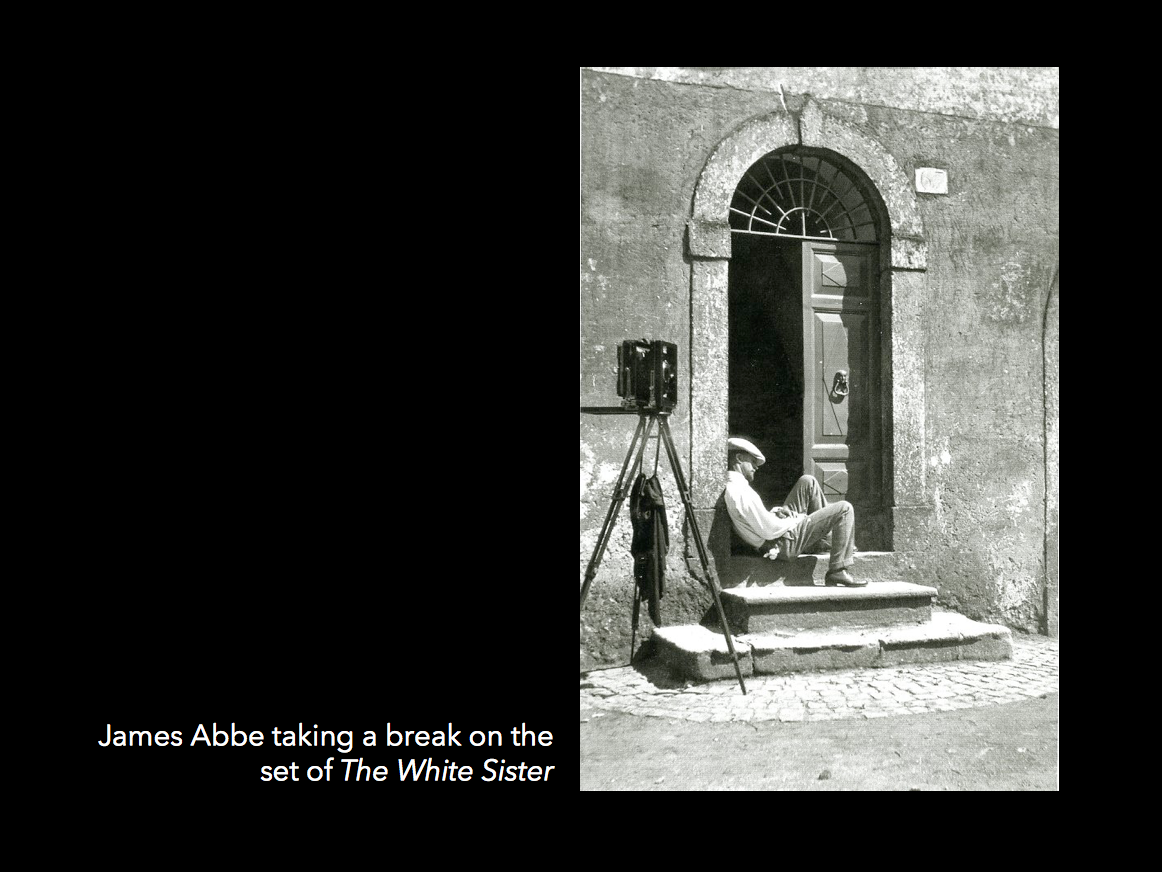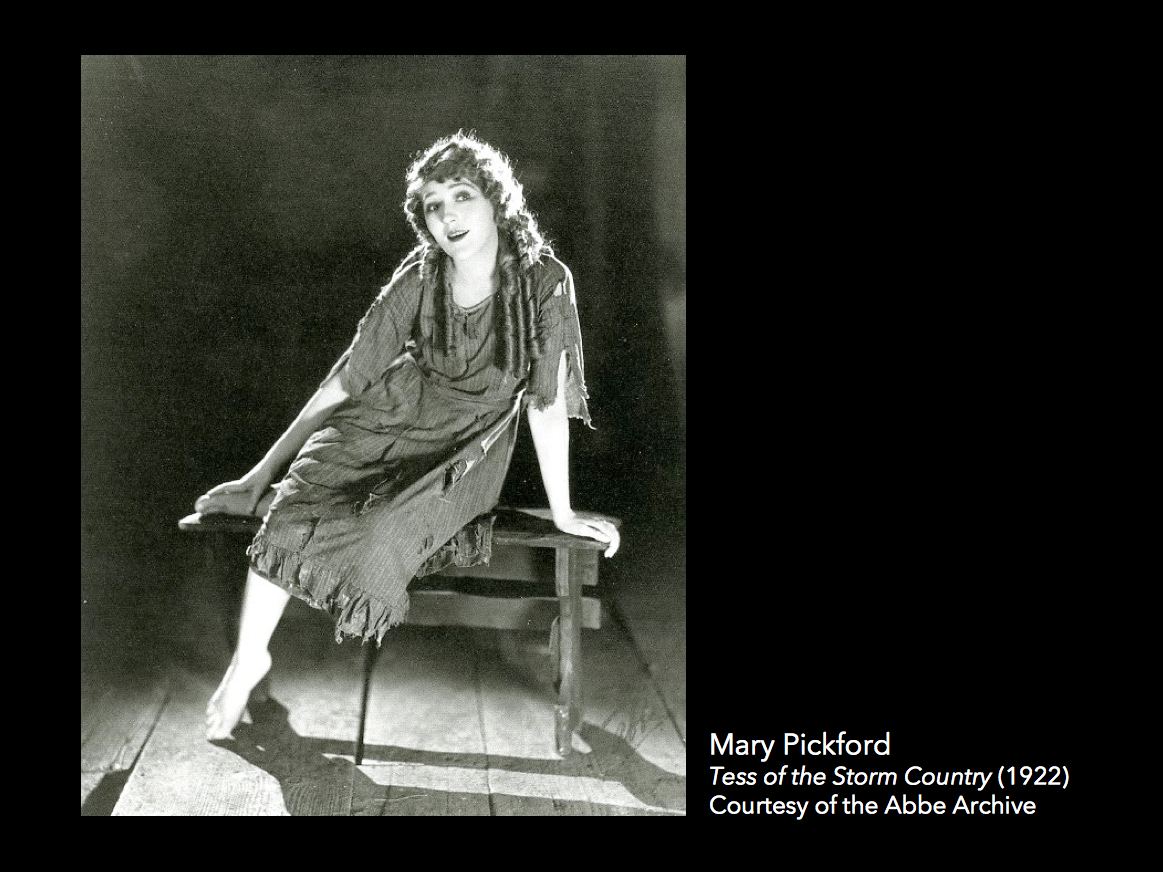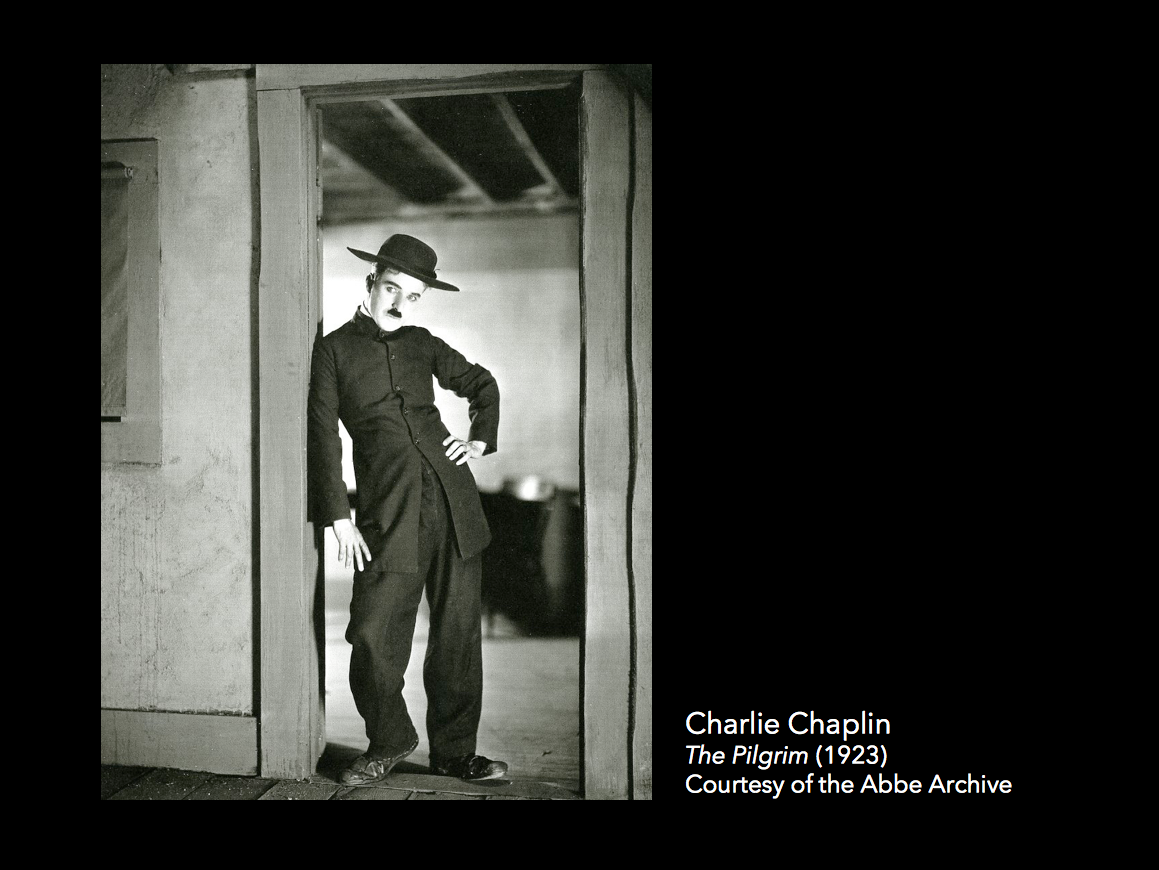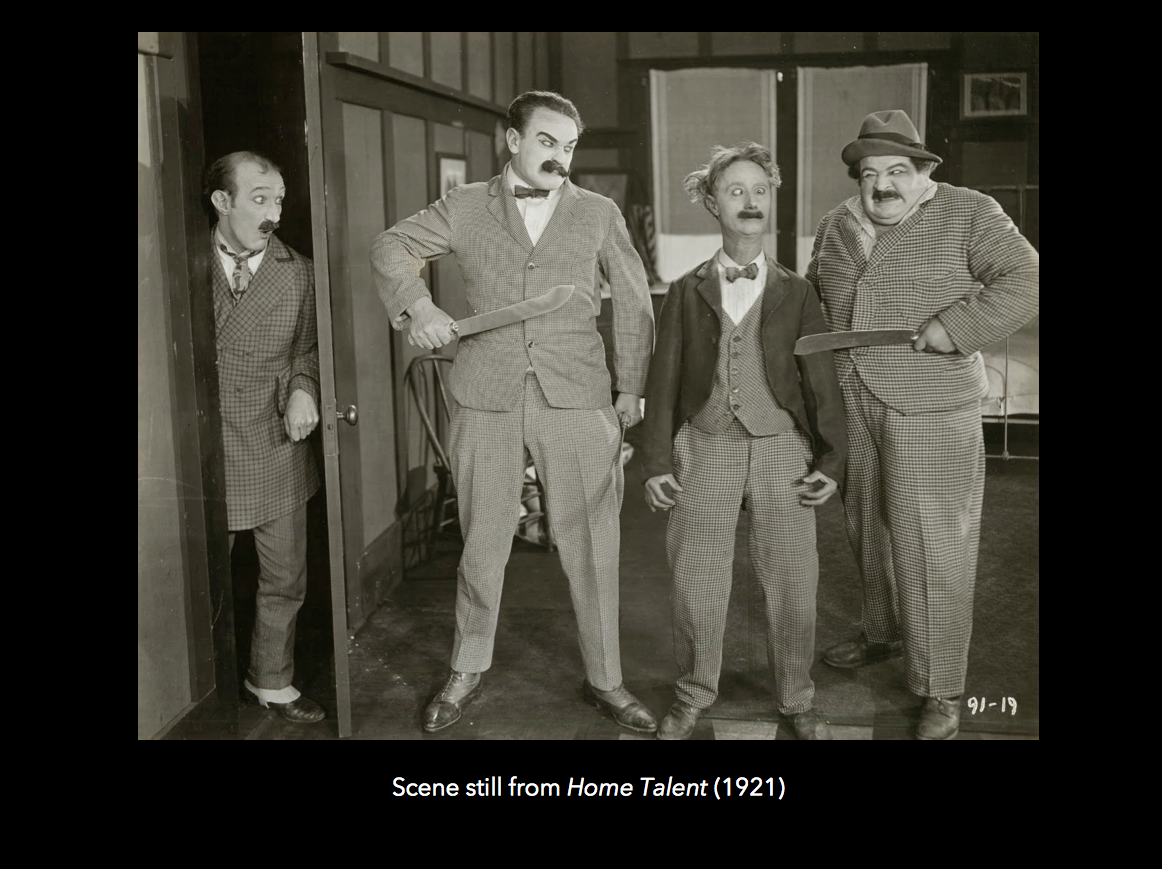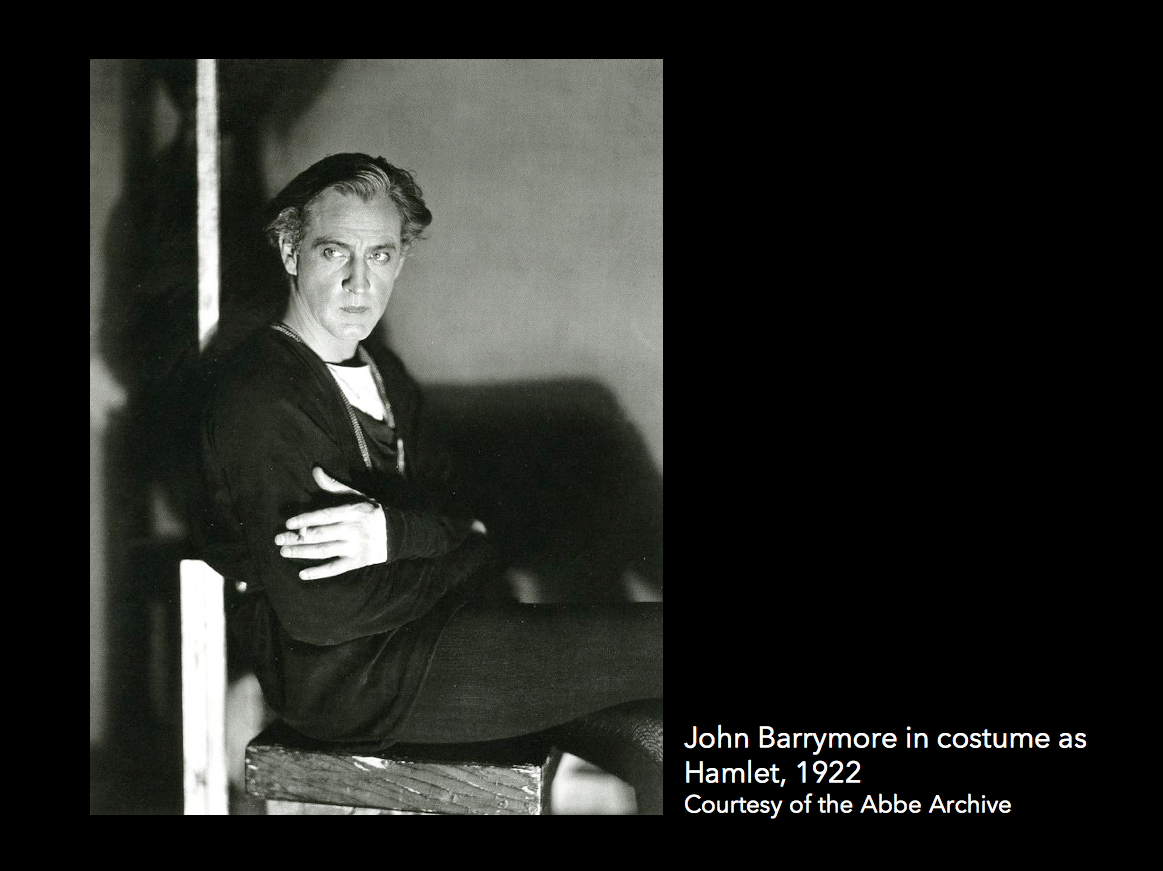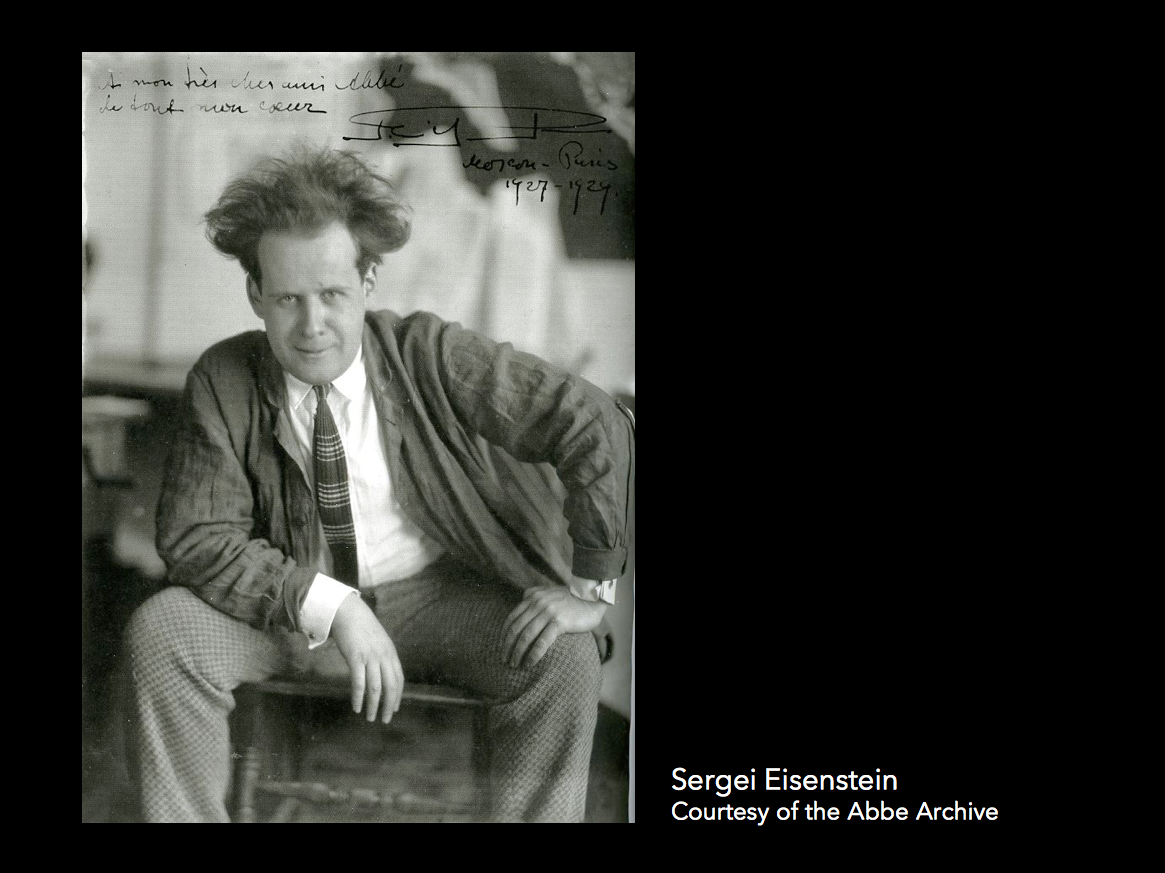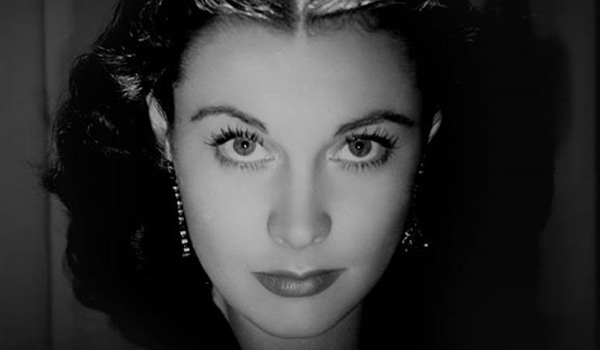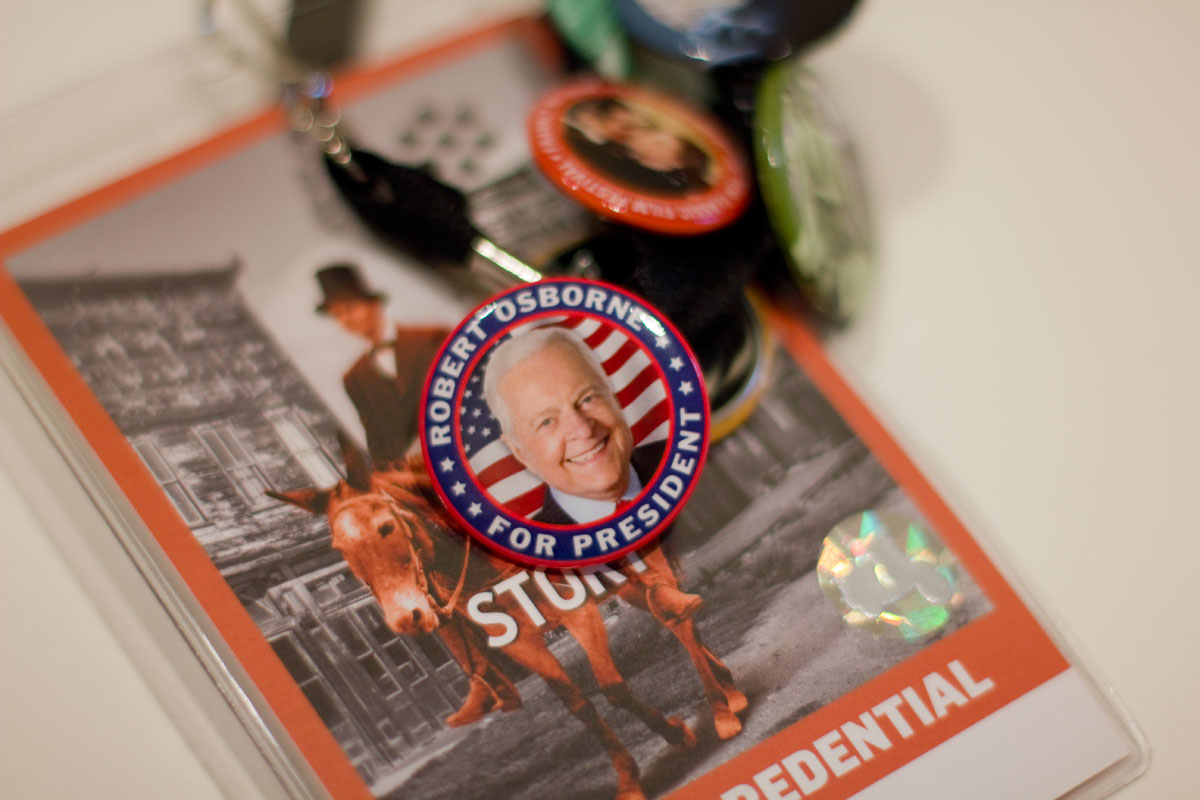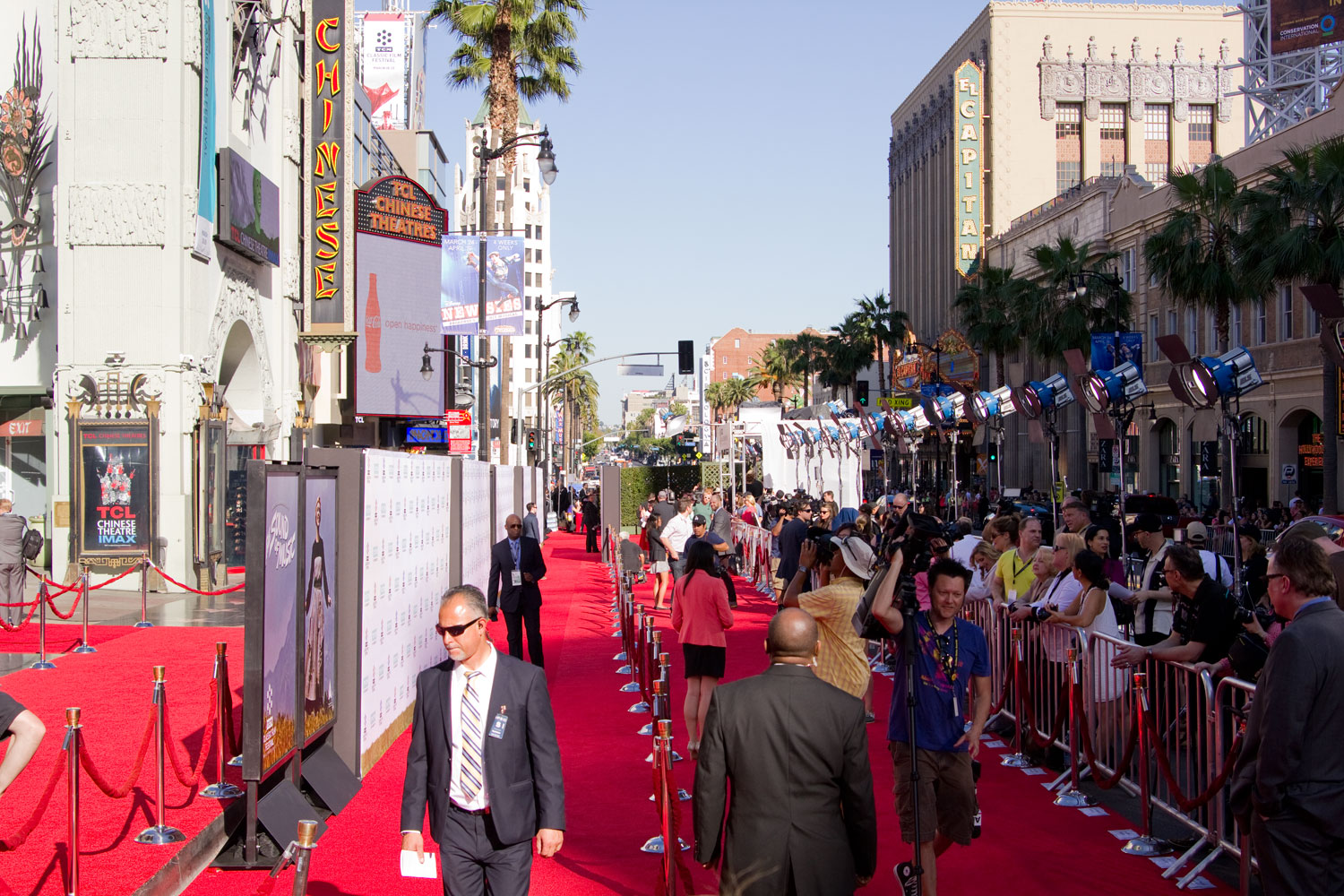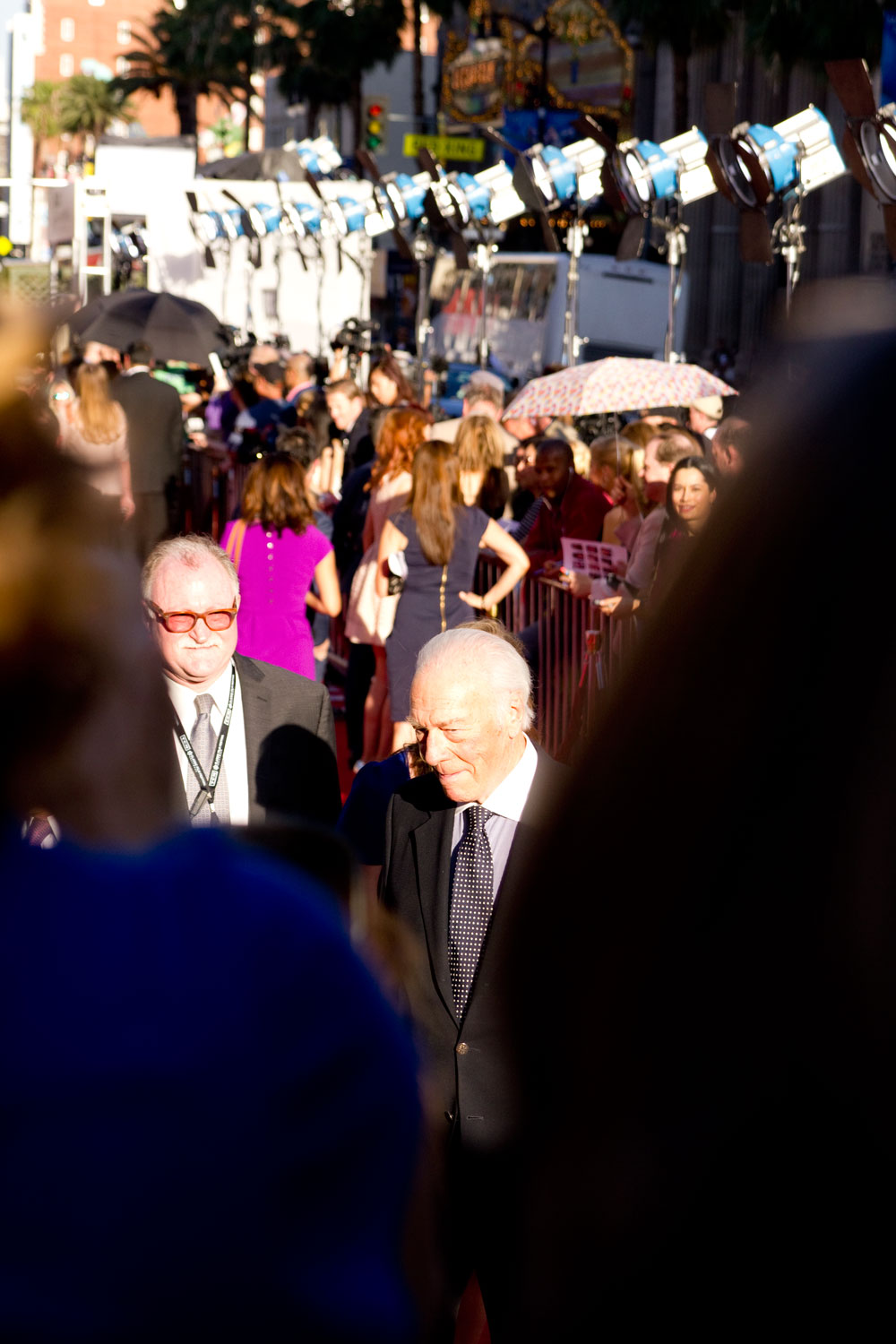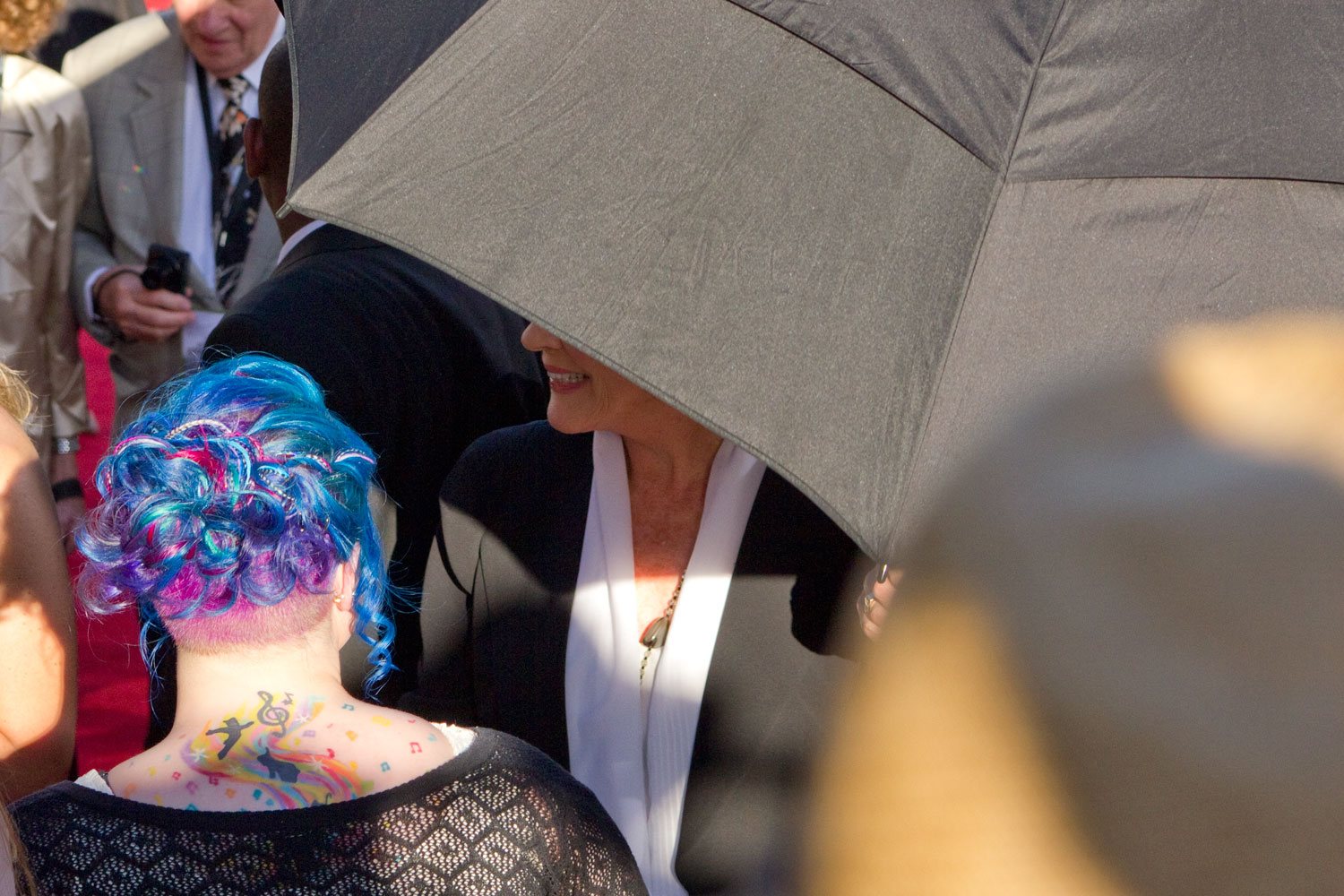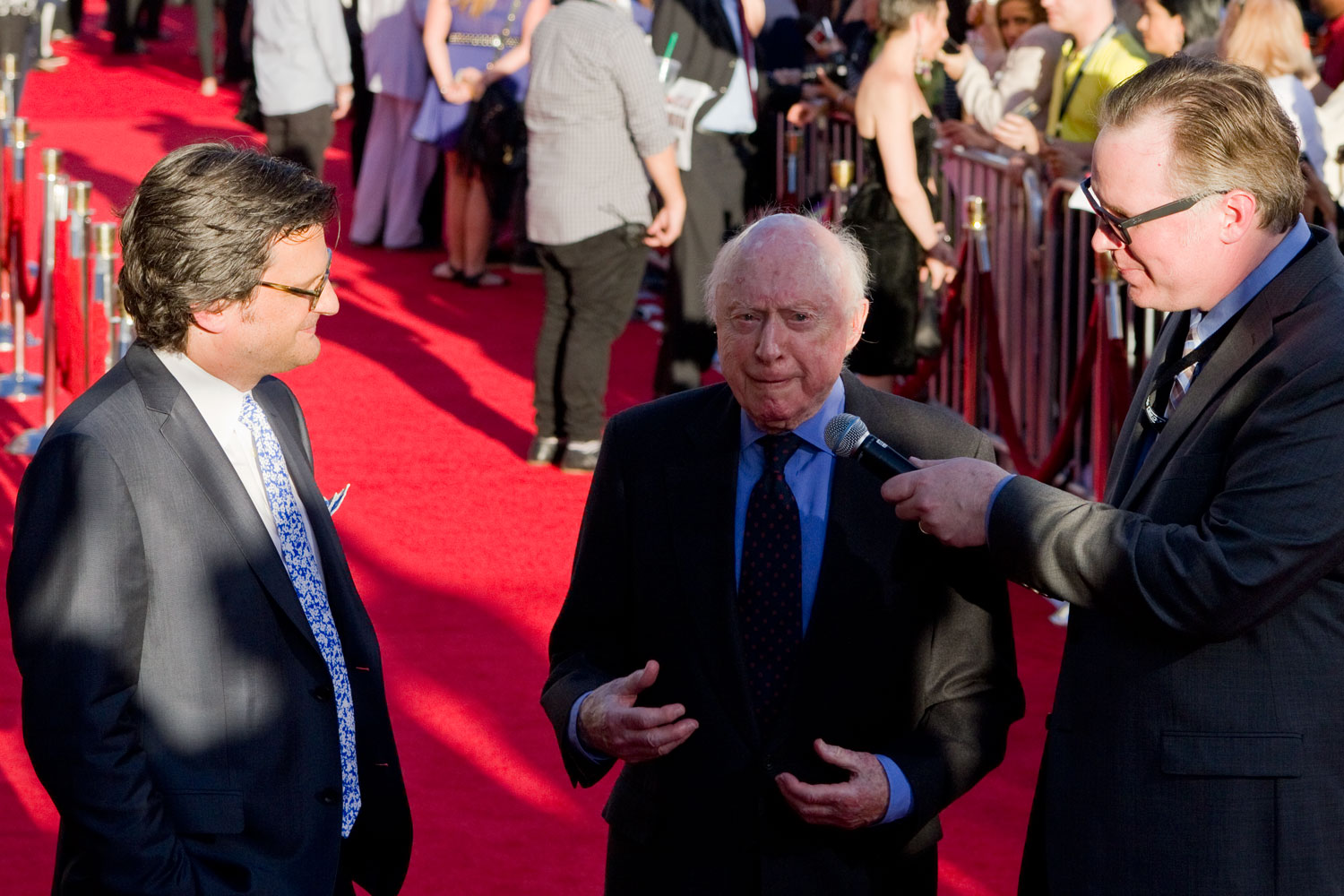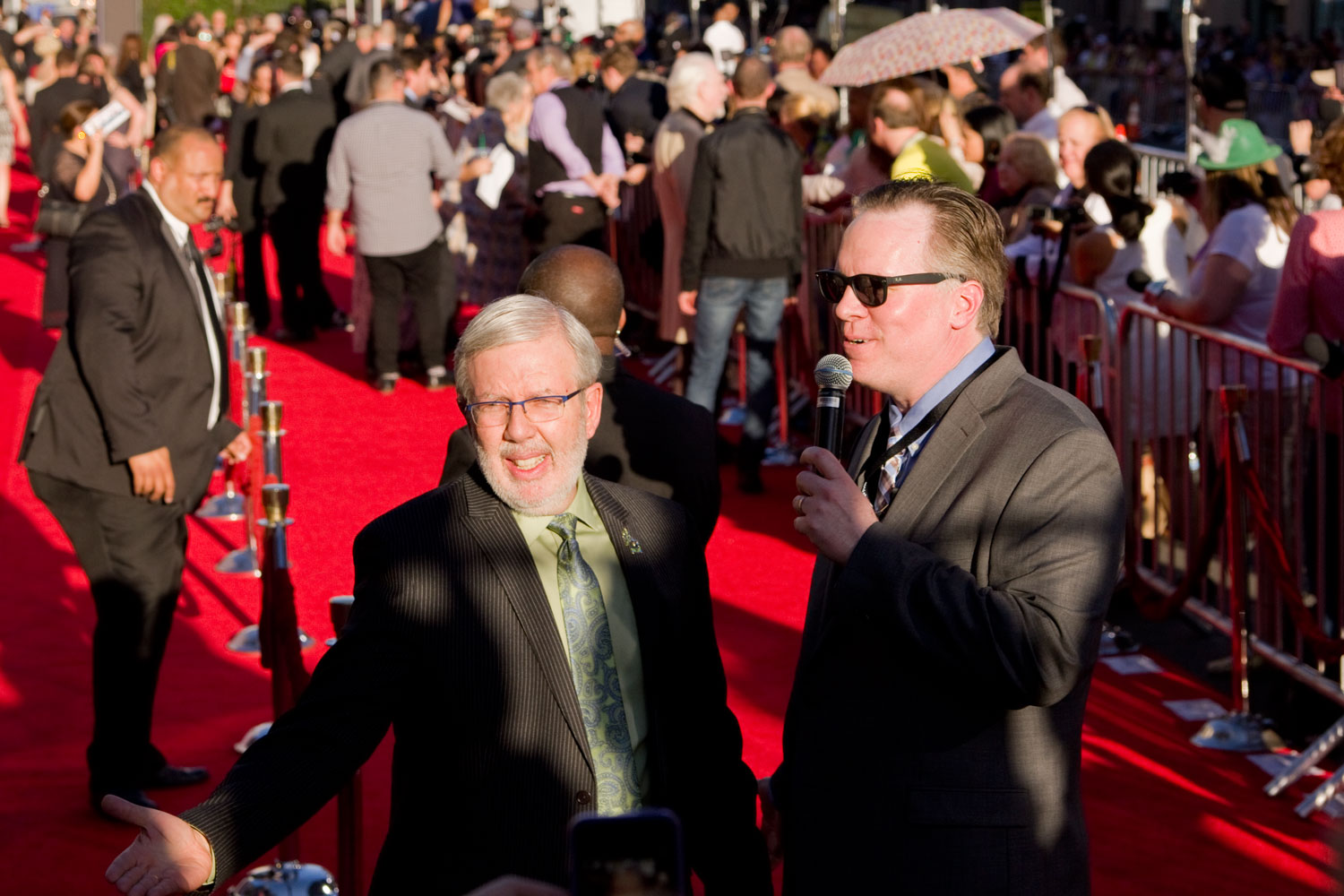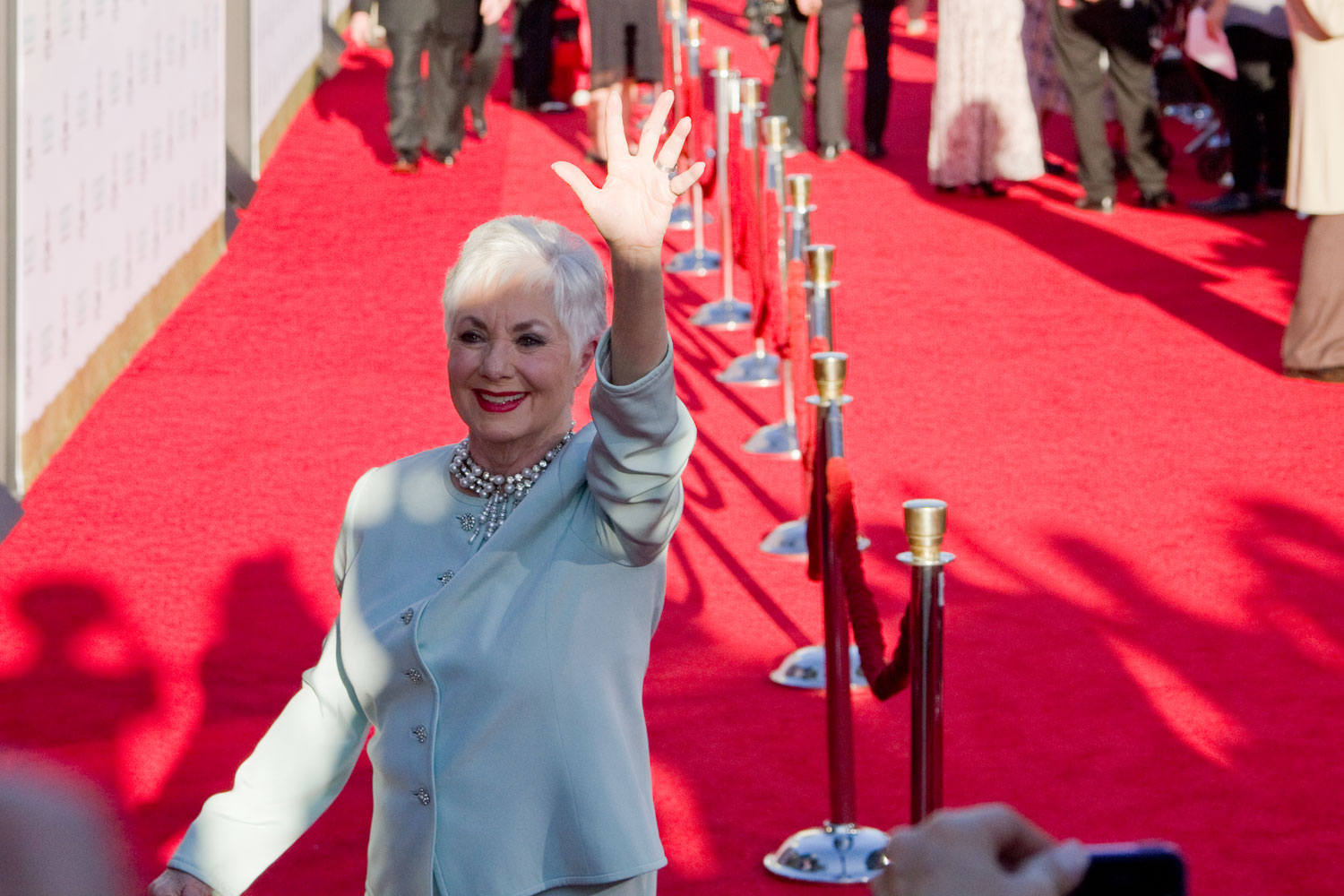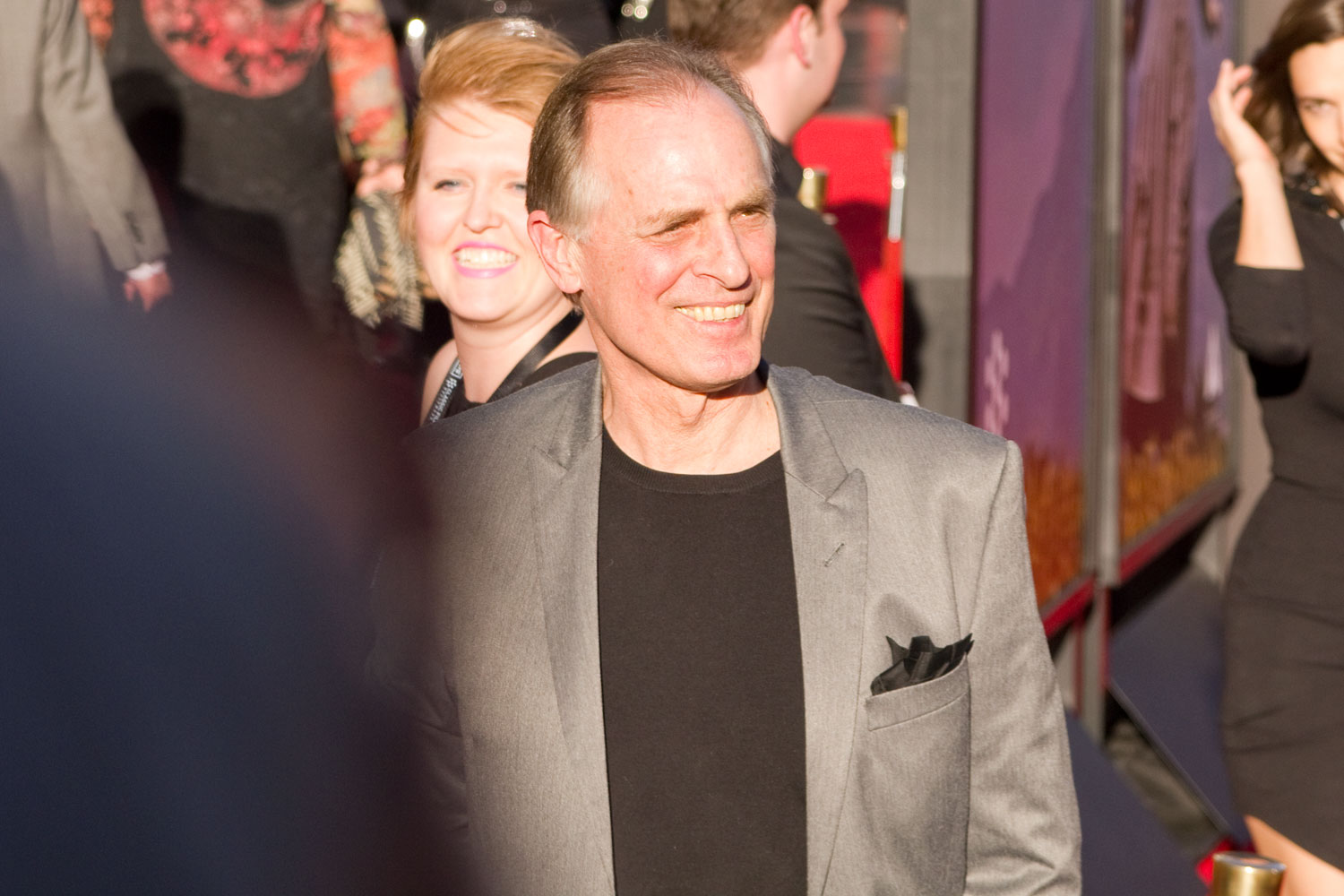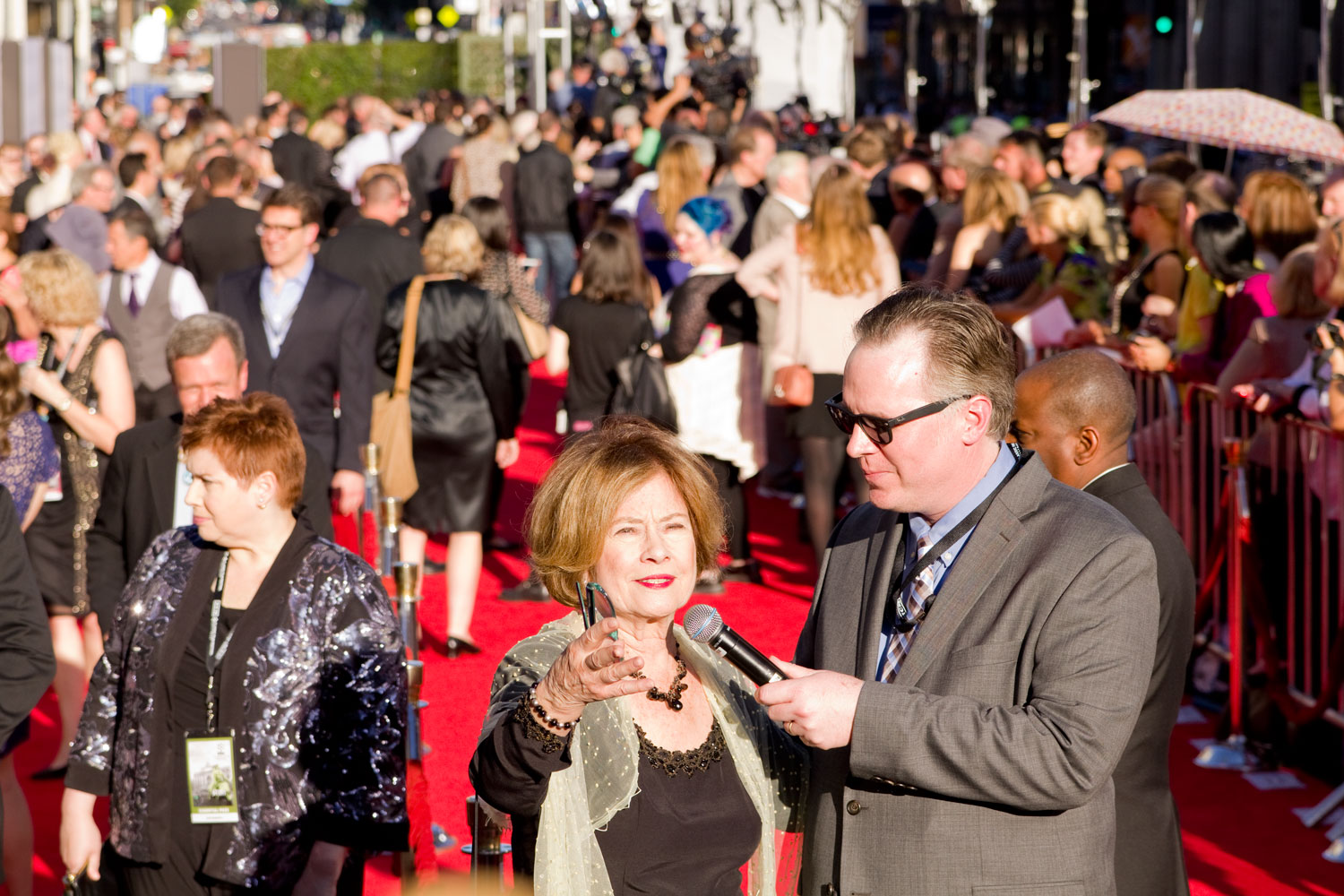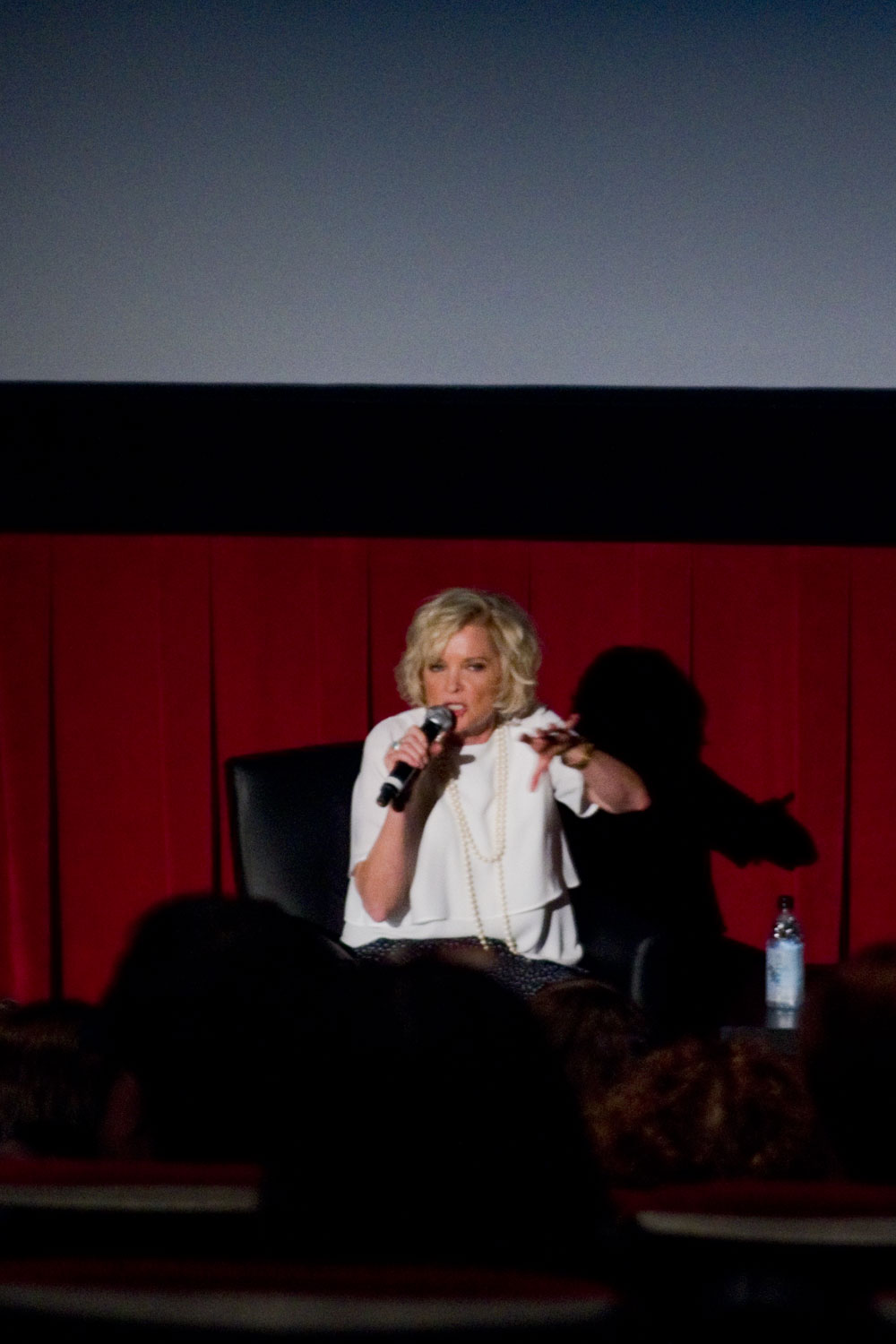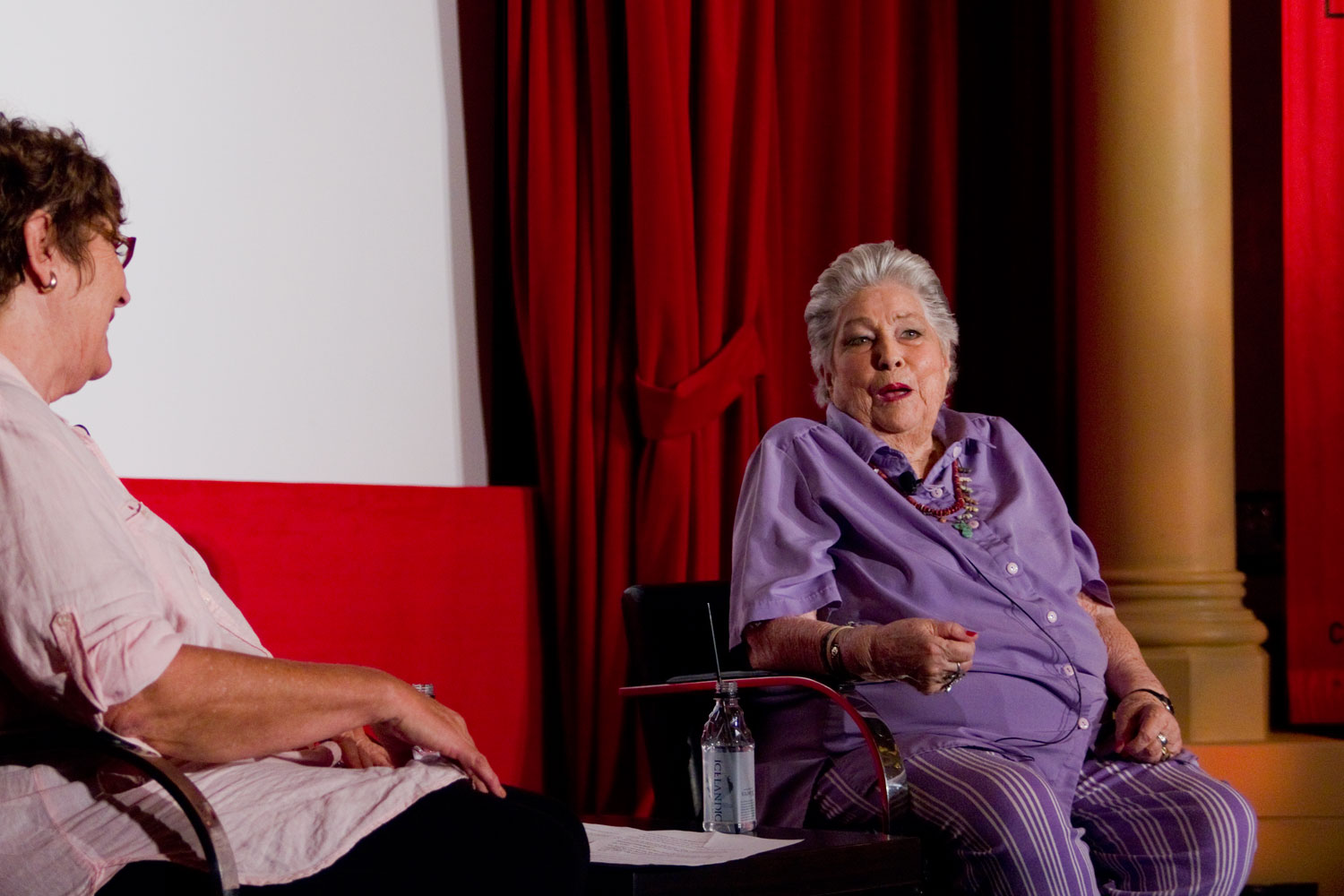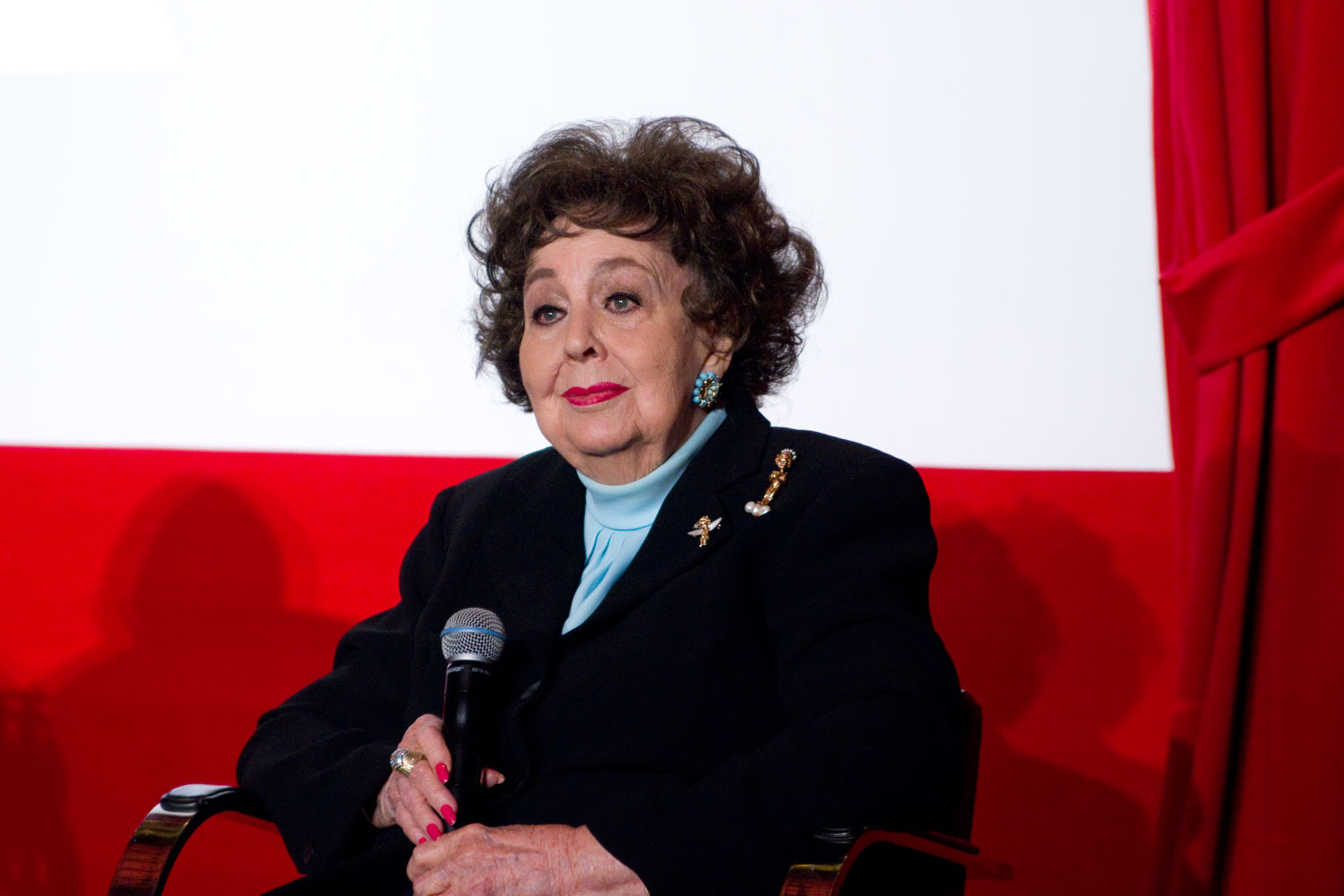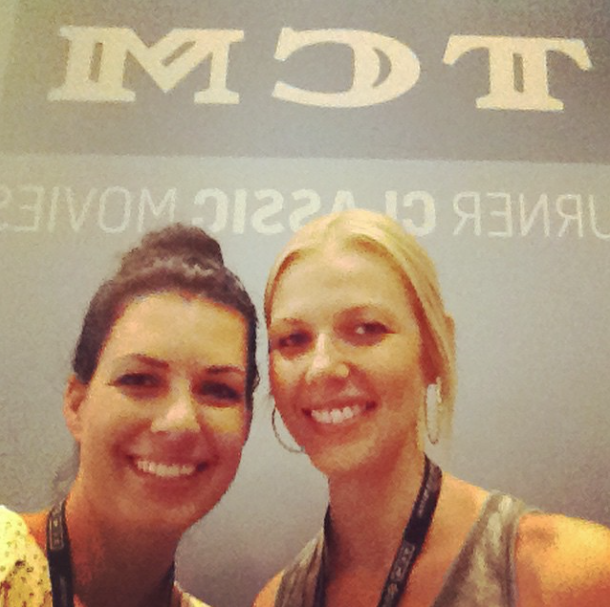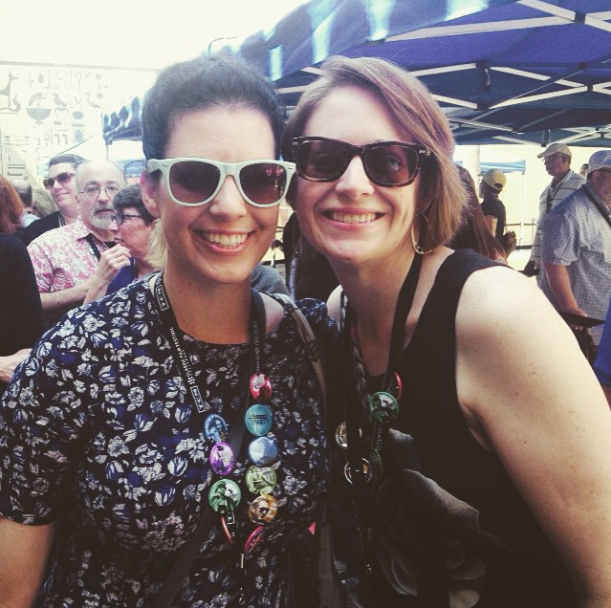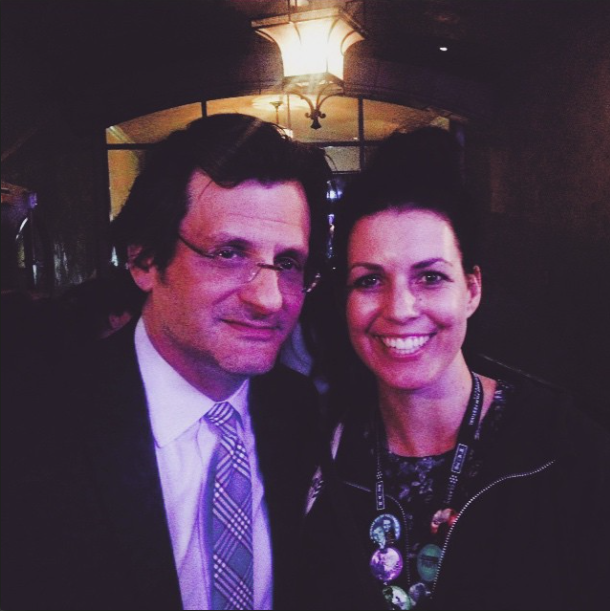Back in April I had the pleasure of giving two talks on old Hollywood in San Francisco’s gorgeous and historic Presidio. The first, Vivien Leigh: Stardom and Screen Image, was at the Presidio Officers’ Club. The second, “How the glamour shot changed Hollywood,” was given at the Walt Disney Family Museum as a tie in for their current special exhibit, “Lights! Camera! Glamour! The photography of George Hurrell” (ends June 29, 2015).
As I mentioned in a previous post, my interest in researching and writing about Vivien Leigh has not waned, but I am also eager to expand my knowledge on different subjects. So I was really excited when the Programs Manager at the WDFM invited me to give a talk about the history of glamour photography. Although I’ve loved looking at Hollywood glamour photographs since I first became a fan of classic films, I was less familiar with the details of their importance and the lives of the artists behind the cameras. I chose to highlight three photographers that represented three different eras of the studio system: James Abbe (whose archive I’ve been digitizing and cataloguing since January), George Hurrell, and Laszlo Willinger. The research was a lot of fun and the presentation itself went down pretty well, so I hope you enjoy it too!
*****
How the glamour shot changed Hollywood (Part 2)
Written and presented by Kendra Bean
Walt Disney Family Museum, April 11, 2015
George Hurrell
Among all of the great Hollywood portrait photographers, George Hurrell is arguably the most famous and is considered by collectors and historians to be the best in the business. It was his photos that actually inspired the term “glamour photography.” In 1936, Esquire magazine claimed, “A Hurrell portrait is to the ordinary publicity still what a Rolls Royce is to a roller skate.”
Hurrell was born into a large Catholic family Cincinnati. Following two of his siblings, he initially enrolled in a seminary in Chicago after completing high school, with the intent of becoming a priest. But, he said, “As long as I can remember I wanted to be an artist. As a boy, I was drawing all the time, in school and out.” So he decided to study at the Art Institute in Chicago instead.
Although painting was his subject of choice, Hurrell also worked with a camera during this time, as it was common for art students to photograph inspirational locations as well as their finished work. While at school he held a series of jobs, including acting as a colorist for Chicago portrait photographer Eugene Hutchinson who taught him valuable tricks of the trade, including negative retouching, darkroom developing and airbrushing. Still, Hurrell’s interest in taking up portrait photography as a profession came on gradually. In 1925, he attended a lecture by landscape painter Edgar Alwyn Payne and showed the artist a portfolio of his student work. Payne was impressed and encouraged Hurrell to follow him out to Laguna Beach here in California where there was a thriving fine arts community.
Hurrell continued painting but soon realized that he could make more money taking photographs of local artists and the social scene in Orange County. His most prominent patron was the wealthy, and unconventional Florence Leontine Lowe Barnes, known to her friends as Pancho. Pancho Barnes thought Hurrell’s photos were better than his paintings, so when she decided to apply for a pilot’s license, she asked Hurrell to take her photograph. Oroville Wright of the famous Wright brothers processed all pilot’s applications at that time and discouraged female hopefuls from applying. If a woman crashed a plane as opposed to a male pilot, he believed it would bring negative publicity to the aviation industry. Pancho decided to dress as a man for her photograph. Her license was approved and she later became Hollywood’s first female stunt pilot.
Pancho Barnes ended up being Hurrell’s ticket to Hollywood. She was best friends with Mexican silent film star Ramon Novarro, whose Latin accent put him at risk of becoming obsolete as Hollywood made the transition from silent to sound in the late 1920s. Novarro was nervous about his prospects for continuing his career on screen and was afraid that if anyone in the business found out, his new contract negotiations with Metro-Goldwyn-Mayer would fall through. He needed new publicity portraits but didn’t trust anyone actually working in Hollywood not to gossip about his fears. So Pancho suggested Novarro go down to Laguna Beach and have Hurrell take a series of photos.
Novarro was short in stature and had a drinking problem owing to the personal conflict of being a gay Catholic as well as pressure from MGM to enter into a lavender marriage, but using a second-hand 8 by 10 camera and an 18 inch portrait lens, Hurrell succeeded in transforming Novarro into the Latin lover coveted by women across the country. In these early Hurrell photographs he looks like a Greek God or a handsome prince from a Victorian painting.
Novarro was so pleased with the outcome of the photos that he showed them to his good friend Norma Shearer, who was married to MGM’s wunderkind producer Irving Thalberg and looking to spice up her image in order to land the lead role in the 1930 film The Divorcee. Shearer wasn’t considered classically beautiful and in fact appeared to be a bit cross-eyed. But she was determined to prove herself otherwise, so she drove down to Laguna in her Rolls Royce and commissioned some portraits. With clever use of lighting and shadows, as well as a provocative hairstyle and clothes, Hurrell helped Shearer become sexy. She landed the role she was going for and Irving Thalberg offered Hurrell a contract with Hollywood’s biggest studio. He earned $150 per week as MGM’s first in-house portrait photographer.
Over the next three years, Hurrell worked on developing his signature style, which owed much to his painterly influences. Before going to Hollywood, Hurrell had improvised with household items such as standard light bulbs and frying pans for reflectors. Now in Hollywood he had professional equipment. He was a big fan of “Rembrandt lighting,” named after the Dutch painter Rembrandt van Rijn. This effect was achieved by the use of a sharp focus lens, an overhead key light or “boom” light and a spotlight angled to one side so that the sitter’s face was half cast in shadow and a triangle of light appeared beneath one eye.
Hurrell expert Mark Vieira described other facets of the photographer’s style in his recent photo retrospective George Hurrell’s Hollywood:
“His trademark effects included: Shooting a subject upside down on the floor so that her cascading dress seemed to fly up; an occasional “Dutch tilt” to throw vertical lines zanily out of plumb; using only one light, a spotlight, to shoot a subject against a white wall; elongated eyelash shadows; the placement of the boom light so that it shown down from behind, or down the part of the subject’s hair, or onto the cheekbones; a spotlight shining up from the floor; lead retouching to lighten the iris of an eye; a tiny dot of retouching ‘opaque’ to enlarge the specular highlight in each eye; using a spotlight instead of a soft light as the fill.”
The key to making a star “glamorous” was to portray them as remote and untouchable to the viewer, not more relatable. This was especially important during the Great Depression. The 1930s is often referred to as “The Golden Age of Hollywood,” when millions of Americans went to the movies on a weekly basis. Former POTUS Franklin Delano Roosevelt put it nicely when he said, “During the Depression, when the spirit of the people is lower than at any other time, it is a splendid thing that for just 15 cents an American can go to a movie and look at the smiling face of a baby and forget his troubles.” It’s not surprising then, that perhaps the most popular star of the decade was not Crawford, Dietrich or Garbo, but little Shirley Temple.
Hurrell was responsible for making the close-up an integral part of glamour photography. Max Factor’s heavy pancake make-up – was all the rage in the 30s and 40s – didn’t photograph well up close, so photographers requested they wear nothing except for a bit of lipstick and mascara. Studio retouchers were responsible for smoothing over wrinkles, pores and pimples, but a trusting atmosphere had to be established between the photographer and his sitter in order to get the best pictures. Each star had to be handled differently depending on his or her personality. Hurrell drew from a bag of tricks that included everything from music to headstands in order to make his sitters comfortable. He also controlled every aspect of the shoot from wardrobe to poses. Props were used to create interest in the photos, the most famous of which was a white bearskin rug that sitters requested so often, Hurrell eventually got sick of it.
Once everything was in place the actor’s face became a canvas on which to create alluring works of art.
The biggest and most difficult task of being a studio portrait photographer was placating the egos and insecurities of some of the big names that stepped in front of his camera.
I’ll let Hurrell talk a little about that in his own words:
In the summer of 1932, Hurrell argued with MGM publicity chief Howard Strickling over the fact that he was earning extra cash by photographing stars from rival studios on weekends. Strickling won out and Hurrell took his leave from MGM. He set up his own studio on Sunset Boulevard and opened the doors to anyone who would pay his $500 session fee. Because he had established himself as a photographer who could make stars look sexy, his former clients were happy to follow him.
Hurrell may have left he biggest studio in Hollywood, but if anything, demand for his work only increased. In 1935 he went to New York to dabble in fashion photography, where he took inspiration from Cecil Beaton and George Hoyningen-Huene. Returning to Hollywood in 1937, he loaned his talents to Warner Bros and Columbia, and then joined the First Motion Picture Unit of the US Air Force during WWII. Hurrell remained in the entertainment business for the rest of his life, trying his hand at advertisement production, direction and cinematography for Walt Disney Productions, and doing freelance stills and portraits for TV shows like Gunsmoke, films like Butch Cassidy and the Sundance Kid and All the President’s Men, and stars like Paul Newman and Liza Minnelli. He died in 1992, having been one of few Hollywood photographers to be celebrated in museum exhibitions during his lifetime.
Laszlo Willinger
It took MGM nearly five years to find a solid replacement for Hurrell. Born in Budapest in 1906, photography ran in Laszlo Willinger‘s blood. His mother was a photographer and his father owned a news agency. A quick and seemingly independent learner, he opened his own studio in Berlin at age 16, and at 19 he was living in Paris and managing the Keystone Photo Agency. Like James Abbe, Willinger started out as a photojournalist, contributing regularly to several German newspapers. When Hitler rose to power, Willinger moved to Vienna where his reputation as a portrait photographer was solidified.
It was there in the Austrian capital that he came face to face with the likes of Sigmund Freud, Max Reinhardt, and emerging film stars like Marlene Dietrich and Hedy Lamarr. By the time he signed a contract with MGM in 1937, he was already quite well known in Hollywood. His style was similar to Hurrell’s but, having worked on films at UFA in Berlin, he was likely influenced more by the haunted aesthetic of German cinema during the Weimar period than he was by any American photographers.
Inspired by German Expressionism: Geometric shapes…
Lines of light and shadow…
Double exposure…
Harsh lighting…This picture of Hedy Lamarr is interesting because of its overt sensuality, perhaps reflecting her performance in the 1933 Czech film Ecstasy, which showed her not only nude, but also depicted a female orgasm – a subject Hollywood censors wouldn’t touch with a ten foot pole. Laszlo knew her when.
But the concept of glamour was new to Willinger: “When I first arrived at MGM, Howard Strickling told me, ‘Everyone’s seen your pictures, you’re booked for the next six months. Make them real glamorous.'” He asked, ‘What’s glamour?’ There was a long pause. Then Strickling said, ‘Oh, you know, sort of a suffering look.’ So there wasn’t much laughing in those photos. You couldn’t have happy sex. Sex and earnestness – together those spelled glamour.”
He caught on fast, and soon was working in tandem with MGM’s other portrait photographer, Clarence Sinclair Bull, to tackle the heavy workload at the studio that claimed to have “more stars than there are in heaven.” Just as Hurell had, Willinger photographed all the major and minor players under contract, and he had his favorites. It wasn’t because of their talent, necessarily – Willinger seemed to have little tolerance for actors in general, saying that “they could only function through second-hand emotions,” and that “stars had support on every level. Most of them came out of nowhere. They had no taste. Joan Crawford was a call girl. She had designer Gilbert Adrian who said, ‘You wear my dresses. Nothing else.’ They had dance instructors, dentists, hairdressers, elocution lessons. Each star had at least two publicity men permanently attached to them, not just to a specific movie. They didn’t sell movies, they sold stars.”
But he could easily separate the pros from the amateurs. His favorites were Joan Crawford, Clark Gable and Vivien Leigh, because they worked with him rather than coming in with an attitude and saying “show me what you can do.” “They knew what was expected of them. These stars not only cooperated, they were eager. Some actors didn’t understand this, and you never heard from them again.”
In his heyday, Willinger photographed as many as four stars each week. “Even if a star wasn’t working, the publicity machine kept going,” he explained. “There were 400 newspapers across the country, each with two pages of shots a day. Over 30 million people bought fan magazines. Families went to the movies at least once a week. They didn’t care whether the picture was good or bad. All they were interested in was ‘Who’s in it?’ The only thing that was expected of me was to make images that the press would choose to print over everyone else’s… People ask, ‘How did you take such great pictures of Gable?’ I said, ‘First you have to start with Clark Gable! We began with very good looking people. But MGM had forty retouchers on salary. If they did three negatives a day, they were considered fast…You must realize that there were 5,000 pictures available on any major star. To get printed yours had to be the best.”
There was a method to this madness. Willinger made sure he was prepared before the sitter came into his studio. Sets were built; lighting was worked out to his specifications and the vision he had in mind for the photographs; crew was in place. There were surprisingly quite a few people on hand during a major portrait session. For example, when he photographed Vivien Leigh for the film Waterloo Bridge, he had “two electricians, one grip, one hairdresser, costumers, a second model, one makeup man and woman – in those days, men made up women’s faces, women made up from the chin down. Money was no object.”
However, even if the stars cooperated and everything went according to plan, photographers had another problem to contend with. By the time Willinger arrived in Hollywood, the Production Code, overseen by the President of the Motion Picture Producers and Distributors of America, Will Hays, was firmly in effect. The purpose of the Production Code was to police the film industry and make sure the public wasn’t being fed material that was considered “unwholesome.” It applied to everything from violence to profanity and, of course, sex.
Here are a few examples of the regulations in this category, to give you an idea of the restrictions placed upon filmmakers:
- “Adultery, sometimes necessary plot material, must not be explicitly treated, or justified, or presented attractively.”
- “Excessive and lustful kissing, lustful embraces, suggestive postures and gestures, are not to be shown.”
- “In general passion should so be treated that these scenes do not stimulate the lower and baser element.”
Naturally, such restrictions also applied to the publicity materials used to promote the film, including photographs. If sex and earnestness were the elements of glamour, photographers had to get extra creative. Willinger found the Production Code silly: “For instance,” he said, “you couldn’t show the inside of a thigh! Ever try to photograph a dancer like Eleanor Powell and not show the inside of a thigh? You couldn’t show cleavage. What the retouchers did was make a breast that started at one shoulder and continued to the other – no shadow! Occasionally, there was a surprise. I did a portrait of Crawford where her face filled the whole frame. That was all. It came back rejected from the Hayes Office. I called and said, ‘What’s this? Nothing shows!’ They said, ‘Yes, but she could have been naked.”
Willinger left MGM in 1944 and spent the rest of his career in advertising, which seemed to suit his temperament. He said he could earn $5,000 photographing a puppy for a dog food ad, so who needs people? Looking back on his time in the film industry, Willinger considered many of the films of the ’30s and 40’s to be sub par, but when it came to the stars of yesteryear versus today, there was no comparison. To paraphrase Norma Desmond from Sunset Boulevard, they had faces then. Today, Willinger said, stars “all look the same – like unfinished pancakes.”
*****
James Abbe, George Hurrell and Laszlo Willinger are among the greats, but they weren’t the only photographers who worked for the studios. Ruth Harriet Louise, Ted Allen, Robert Coburn, Clarence Sinclair Bull, Bert Six and Frank Powolny were just as gifted. However it’s unlikely that any of these photographers would be very much remembered today without the tireless efforts of historian and prolific collector John Kobal.
The glamour shot went out of fashion in 1960 with the release of Federico Fellini’s Italian classic La Dolce Vita. Glamour was replaced with the rise of the paparazzi and candid photos of the stars. Around this time, the loss of audiences to TV, post-war consumerism and the Paramount Case, in which a federal decision was passed to prevent the big studios from continuing to block-book theatres around the country, saw the collapse of the entire studio system. Hollywood was rapidly changing and as often happens when a business is remodeled, it was out with the old and in with the new. With few exceptions, Hollywood has never really been a town that focuses on preserving its heritage for posterity. Perhaps because films had only been around for about 60 years, people in the business weren’t ready to consider its history. Whatever the reason was, many of the objects that made Hollywood great during its golden age were sold off or simply thrown away. This included sets, props, costumes, and even photographs, and it fell to individuals to salvage these pieces of history.
Debbie Reynolds is well known for buying up many of the costumes and props at the big 1970 MGM auction. She hoped to either sell them to an existing museum or raise money to build her own so that the collection could stay together. Sadly, neither of these ideas came to fruition and she recently sold this memorabilia piecemeal to the highest bidder.
In a similar fashion, John Kobal was responsible for assembling the largest private collection of photographs from Hollywood’s golden age. Tallulah Bankhead opened the door to Hollywood for him. “One night she called George Cukor and said ‘Dahling George…’ and after they gossiped forever, she remembered why she had called him in the first place and said, ‘I have this diviihhhne young man here, and he’s going to Hollywood and he doesn’t know anyone and you know everyone; and he’s really a most serious young man.’ She looked at me to make sure, and then mortified me by telling Cukor that I was broke ‘but presentable, dahling. And he knows everything about everybody’s movies.” He began in Hollywood as a journalist and met George Hurrell while covering a story on the set of one of Mae West’s last films, and then his obsession really took off. He established his own immense archive, collecting photos and negatives, publishing numerous books, and tracking down the photographers responsible for these works of art. A stunning selection of these photos, along with the photographers’ oral histories were compiled in Kobal’s seminal retrospective The Art of the Great Hollywood Portrait Photographers, which is credited for single-handedly reviving the reputations of the photographers I spoke about today.
What were once mass marketed publicity materials have now become iconic representations of a bygone era, worthy of exhibition in major museums like LACMA, the National Portrait Gallery and the Victoria and Albert Museum, and once again highly sought after by fans of classic cinema.
I ended my talk about Vivien Leigh on Thursday [at the Presidio Officers’ Club] with a quote from John Kobal and I think it’s appropriate to end on a similar note today. He said,
“Those who choose to see the great Hollywood stars simply in terms of the conditions out of which they emerged – economic, political, social or technological – stop short of what was actually produced: of what emerged out of their existence. These portraits of the great faces of Hollywood were products of their time and were forged by a need so powerful that these images were able to transcend both their time and the need they fulfilled – something that conventional portraits, chained to their subjects and our knowledge of them, can never be. They possess a freshness and openness to be found only in children, and an intensity most common in the mad. Long after the individual reputations of the subjects of these portraits have been forgotten, their profound beauty will cause them to live on.”
Main sources and recommended reading:
- “The Art of the Great Hollywood Portrait Photographers” by John Kobal
- “Shooting Stalin: The Wonderful Years of Photographer James Abbe” by the Museum Ludwig, Cologne; text by terence Pepper
- “The Haunted Screen: Expressionism in the German Cinema and the Influence of Max Reinhardt” by Lotte Eisner
- “Masters of Starlight” by David Fahey
- “George Hurrell’s Hollywood” by Mark Vieira
♠ ♣ ♠ ♣ ♠

